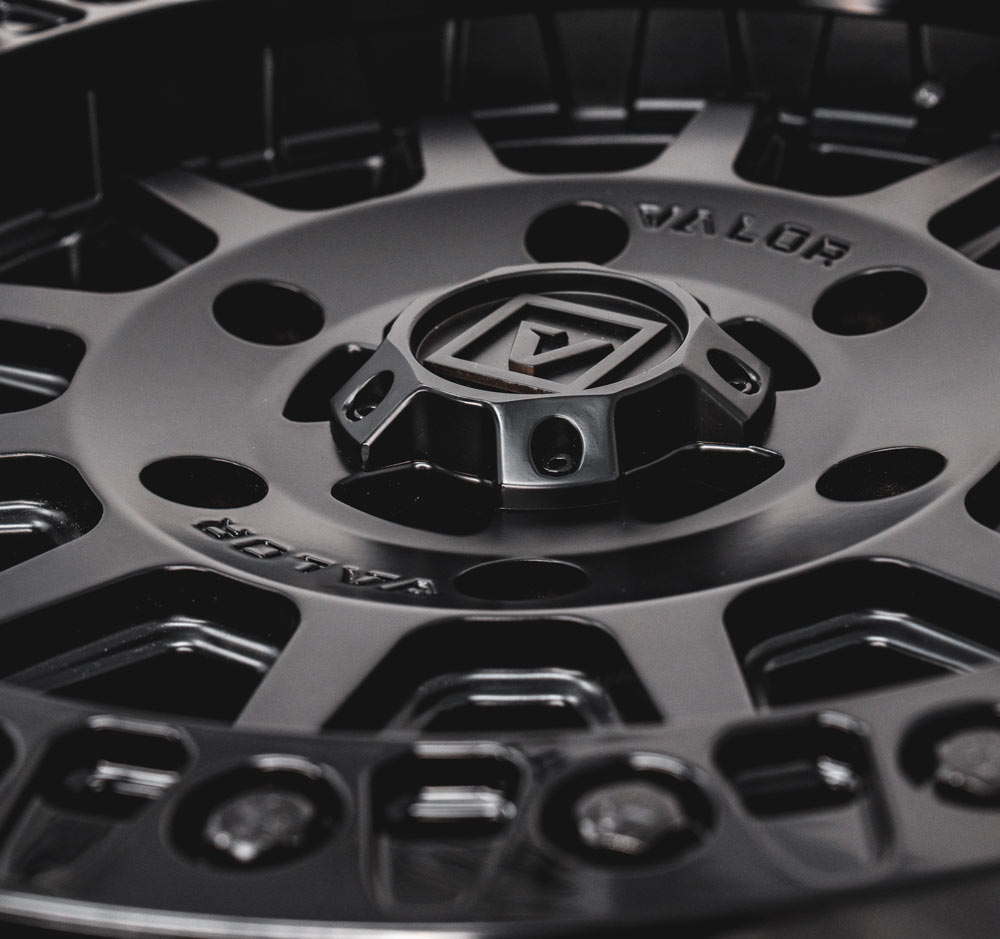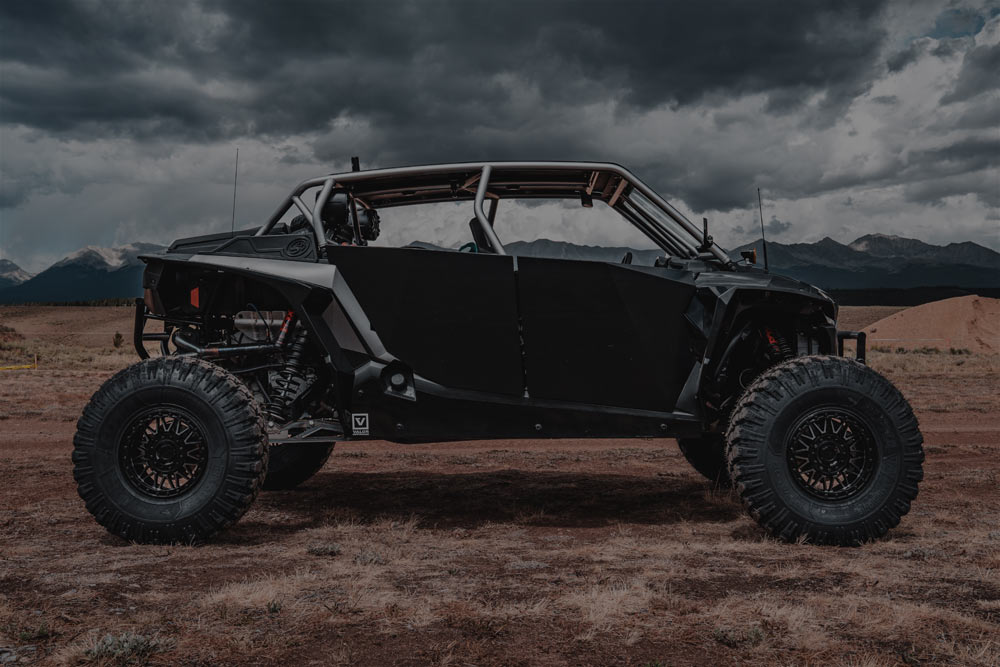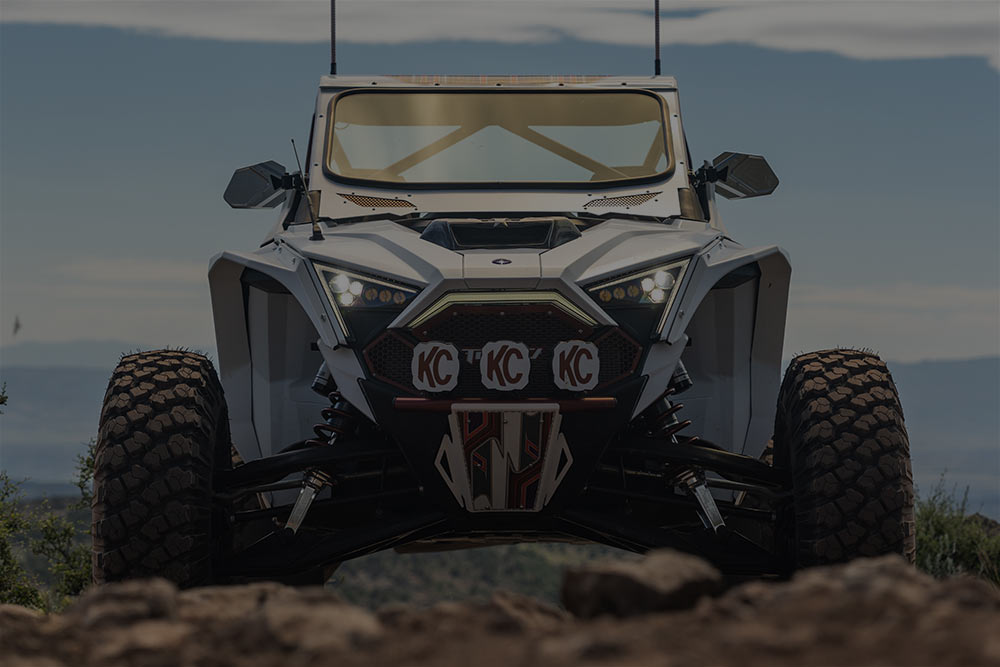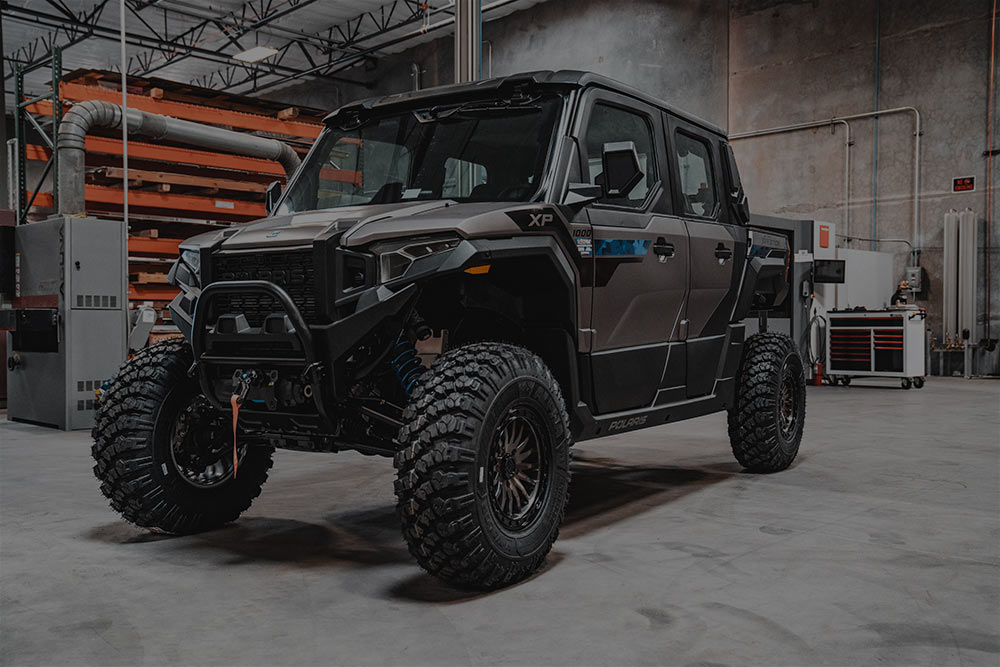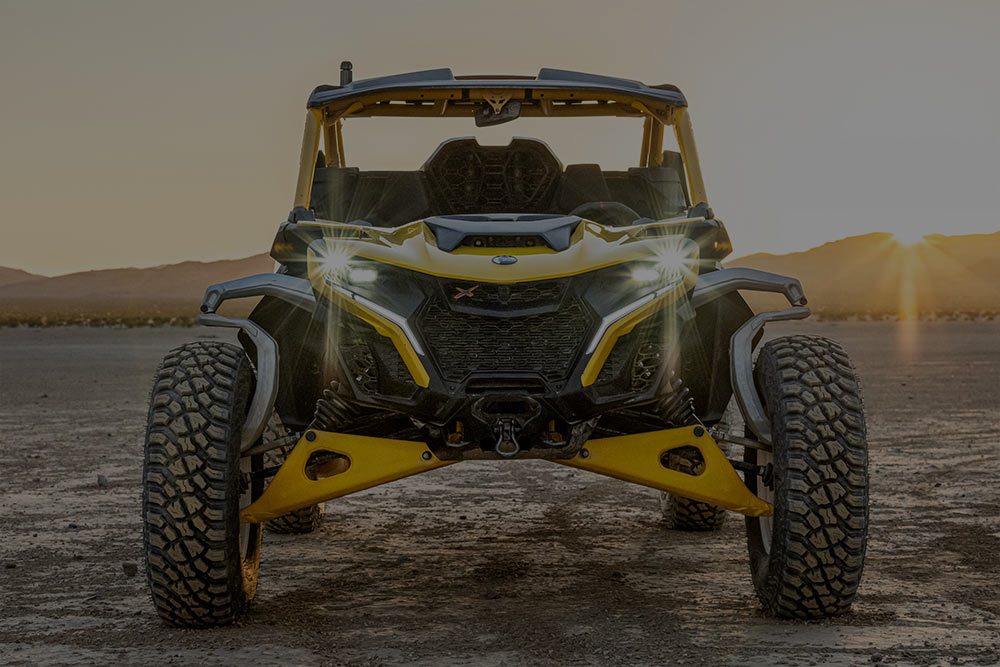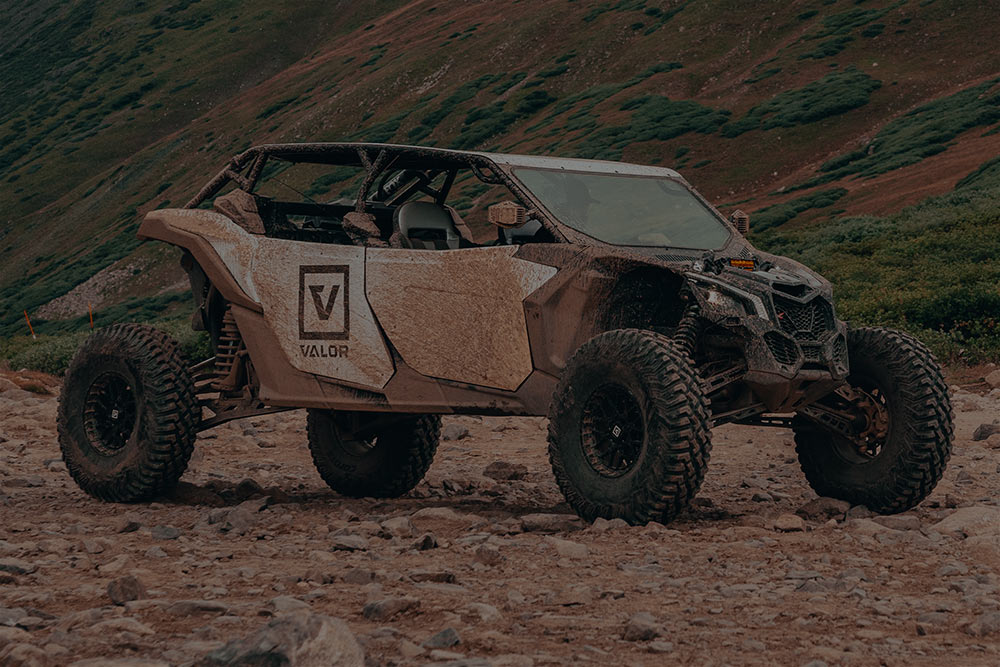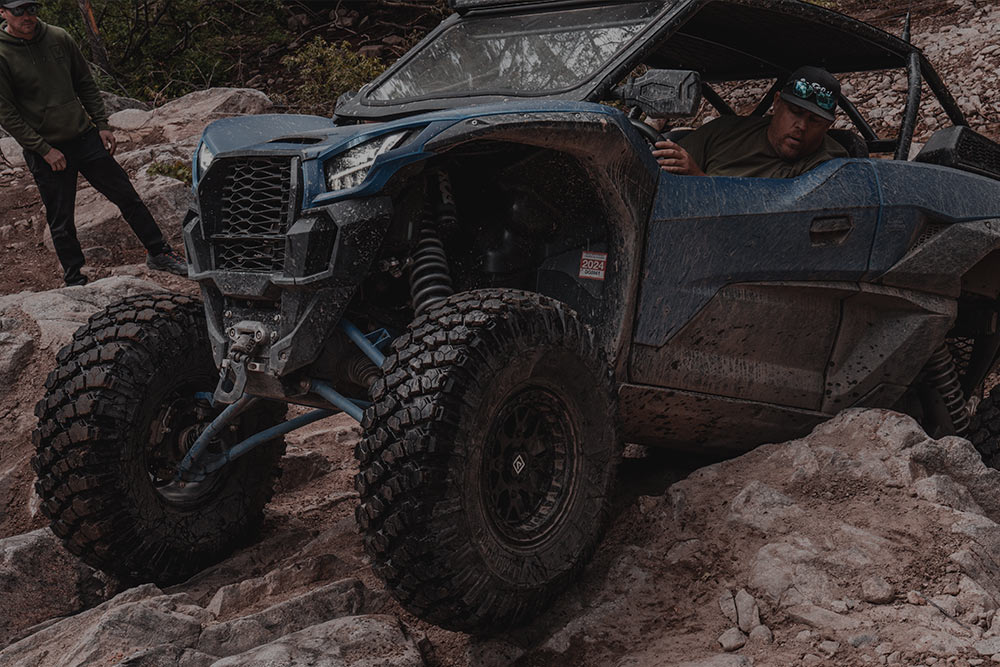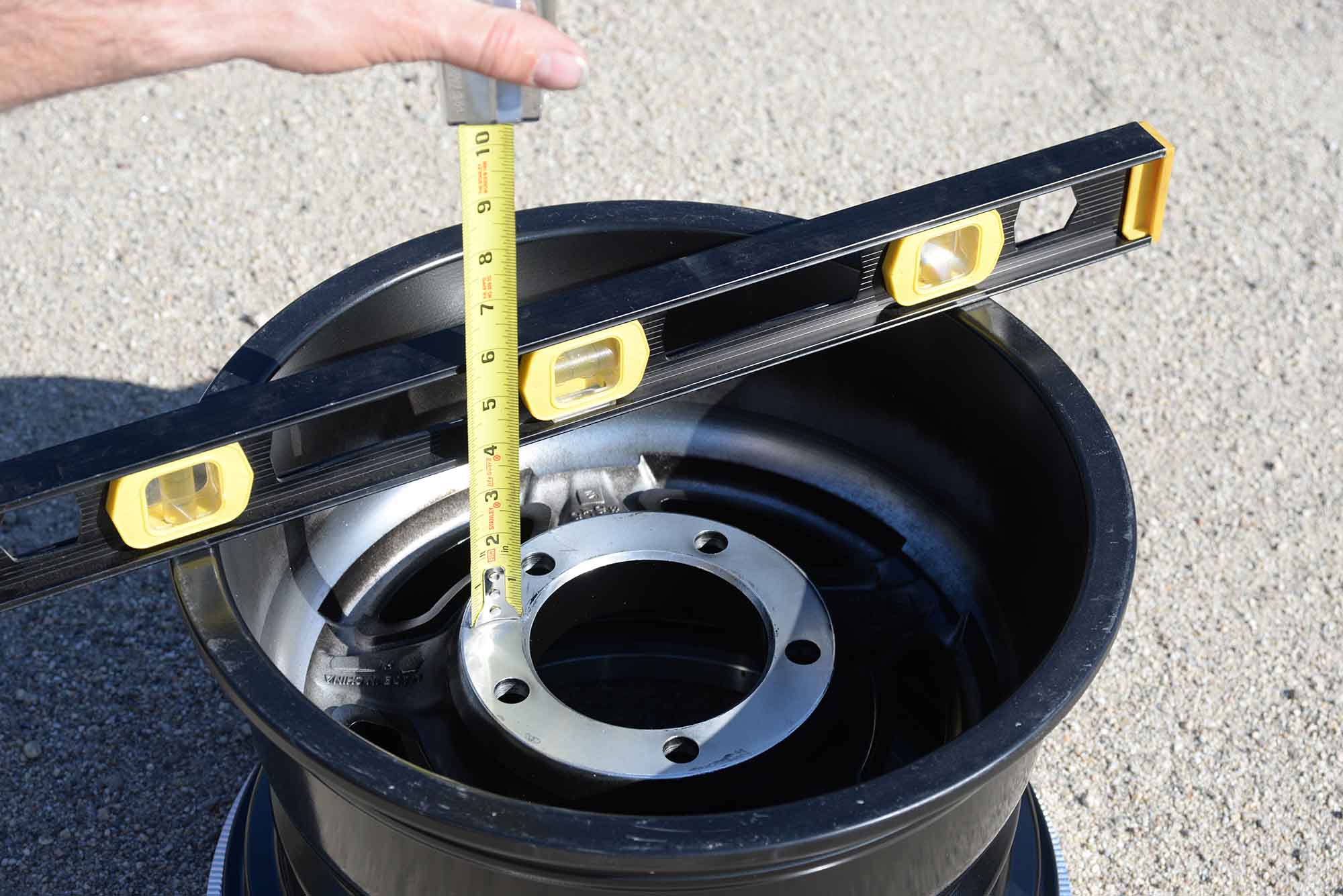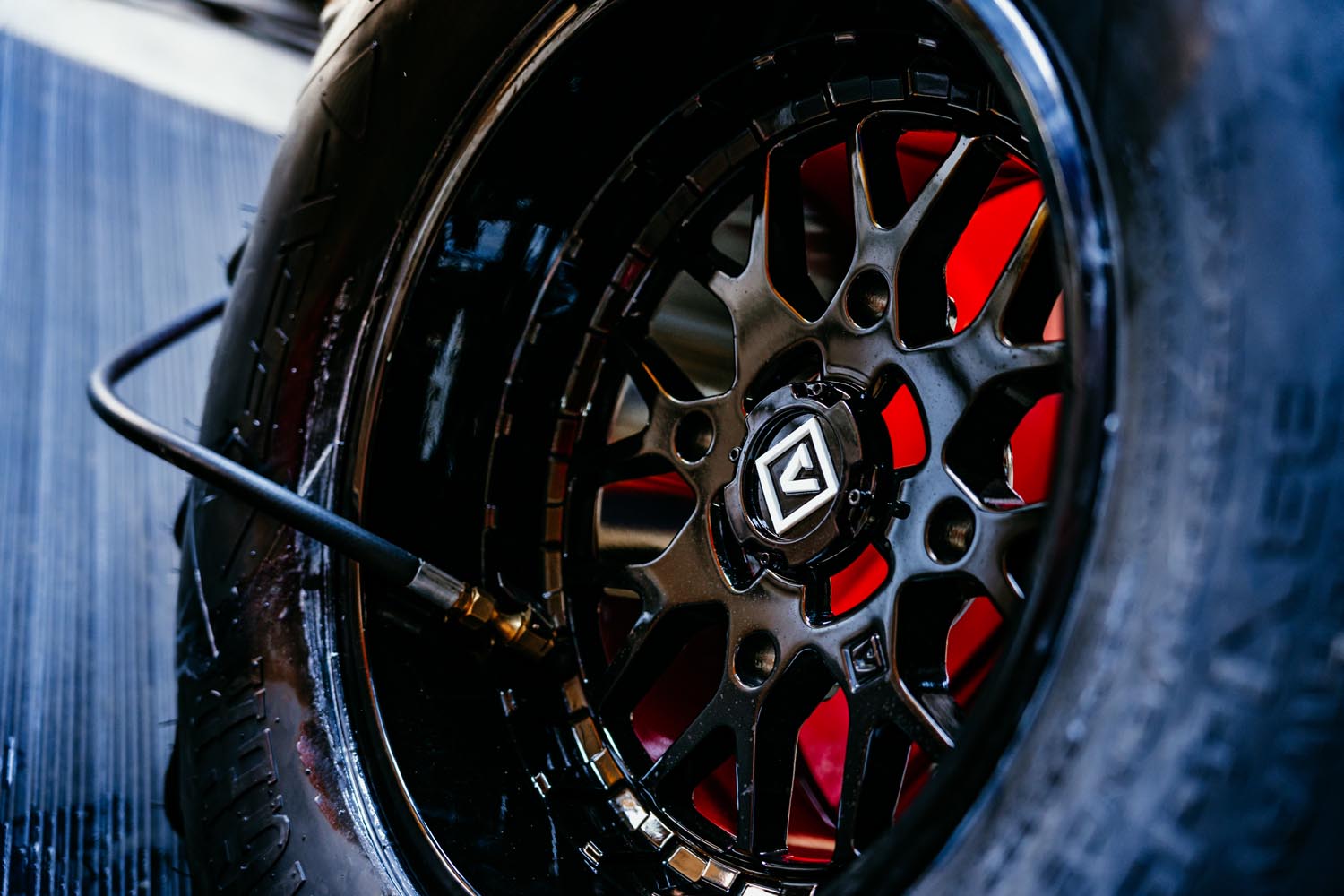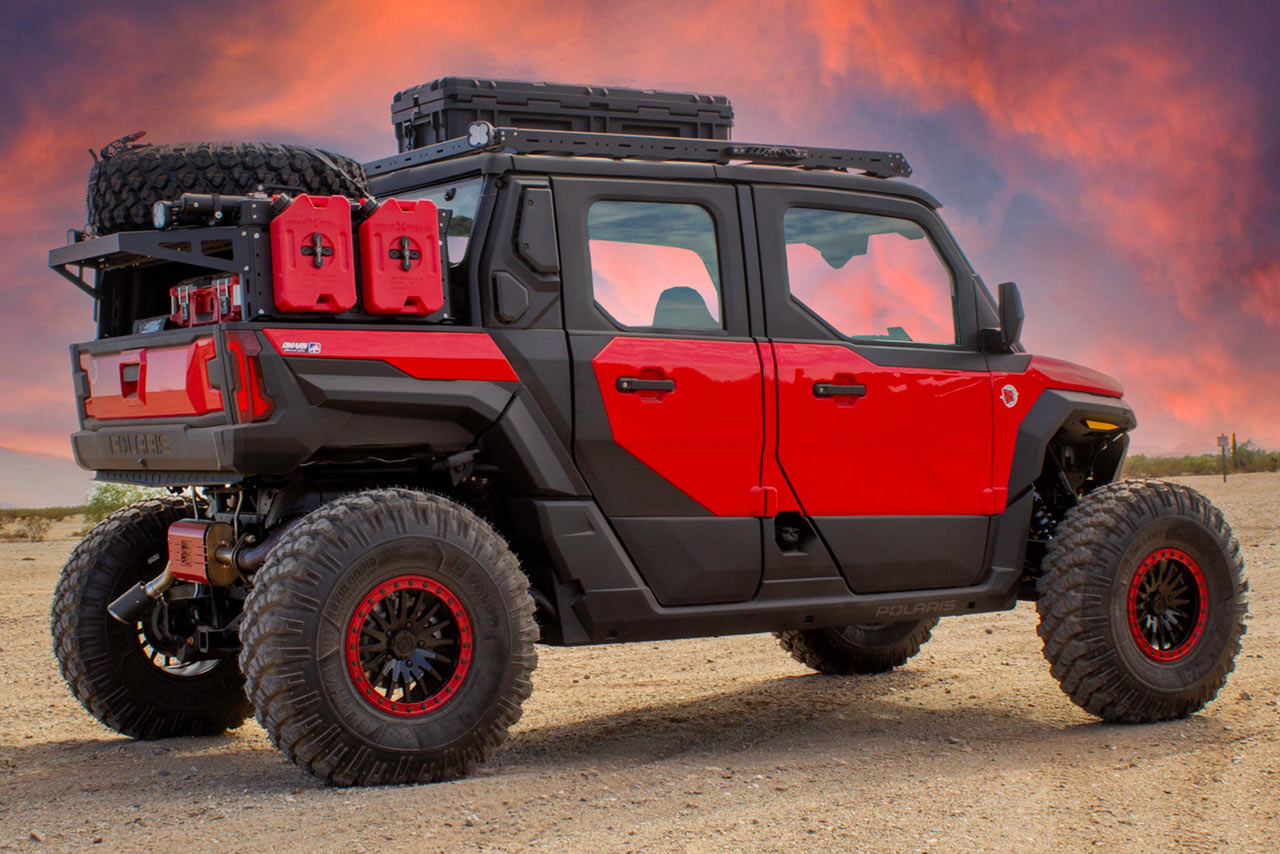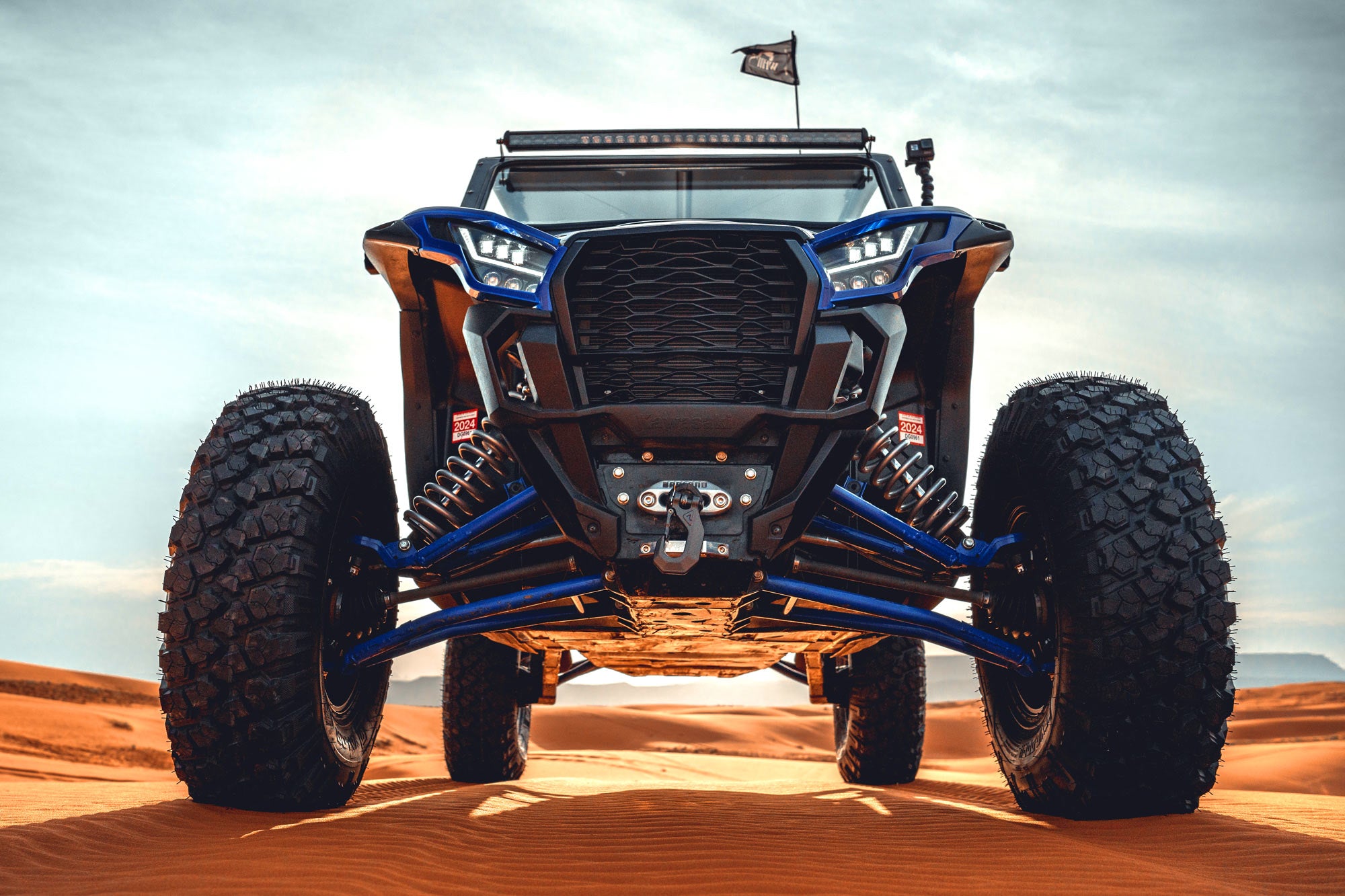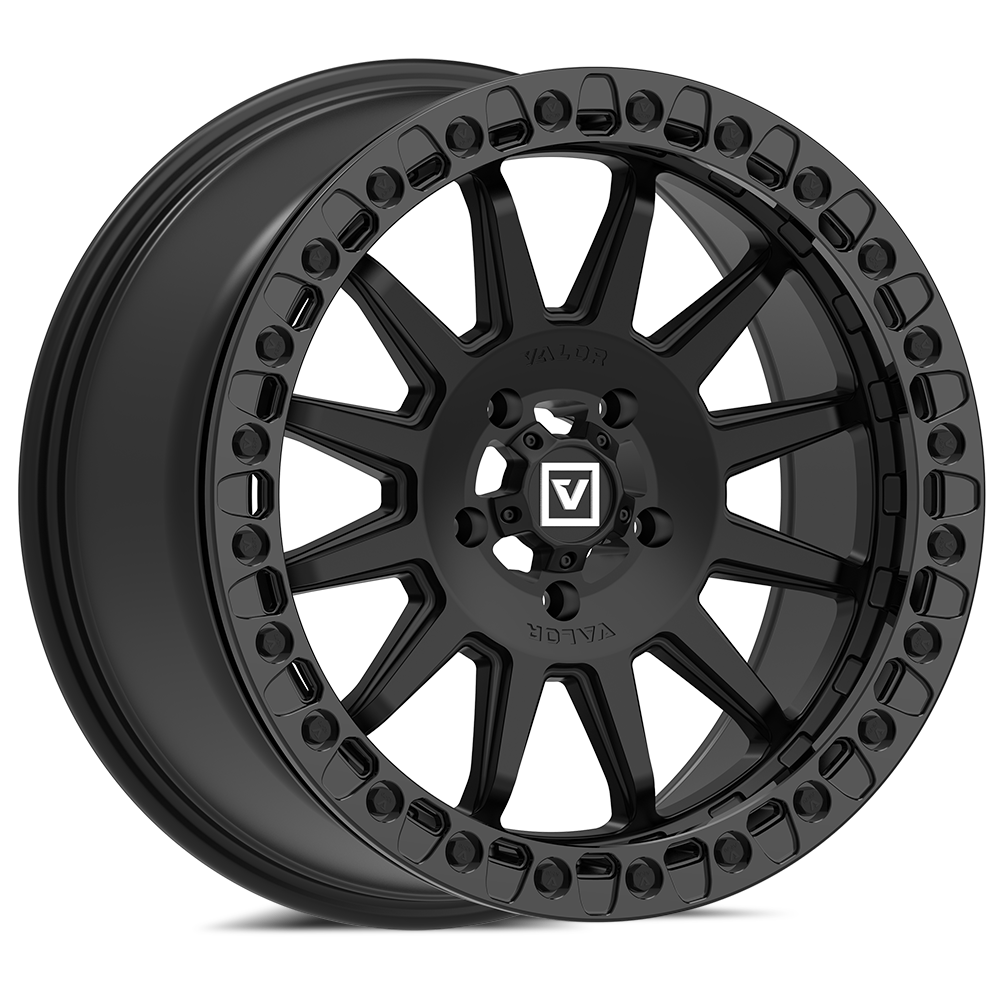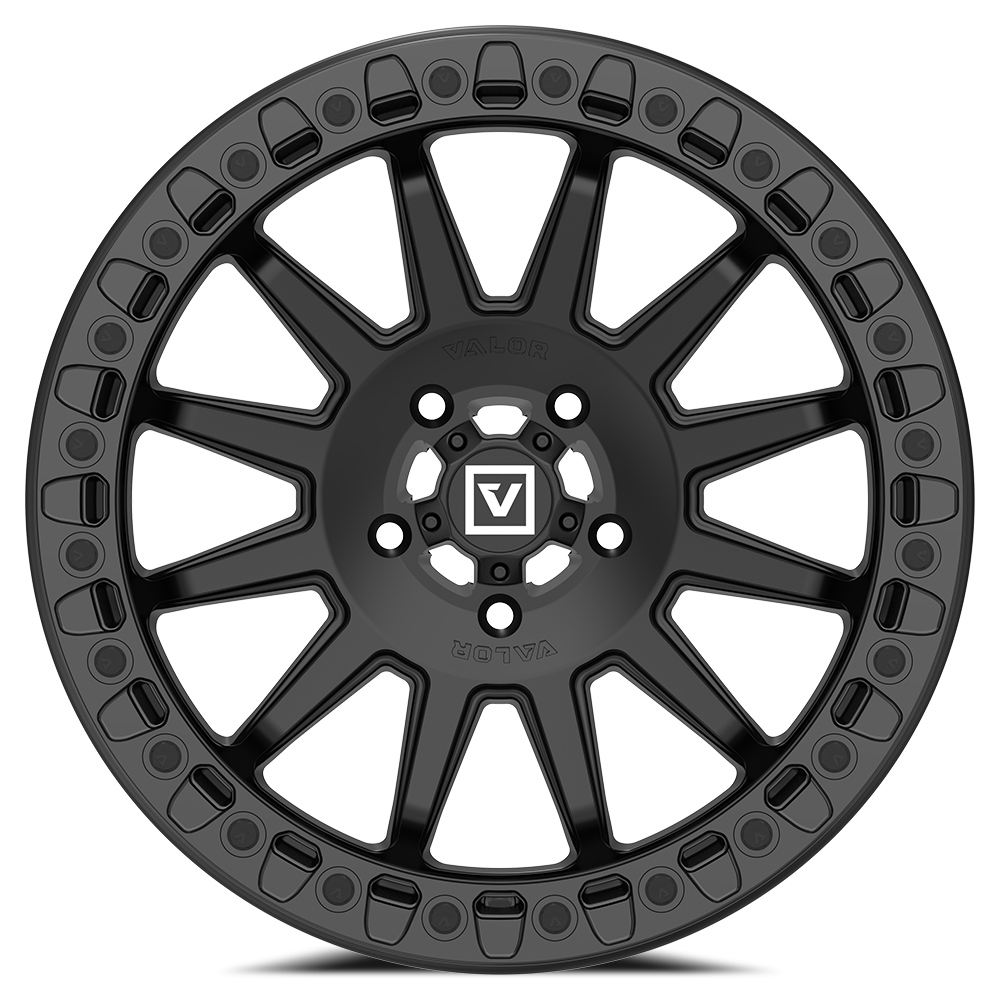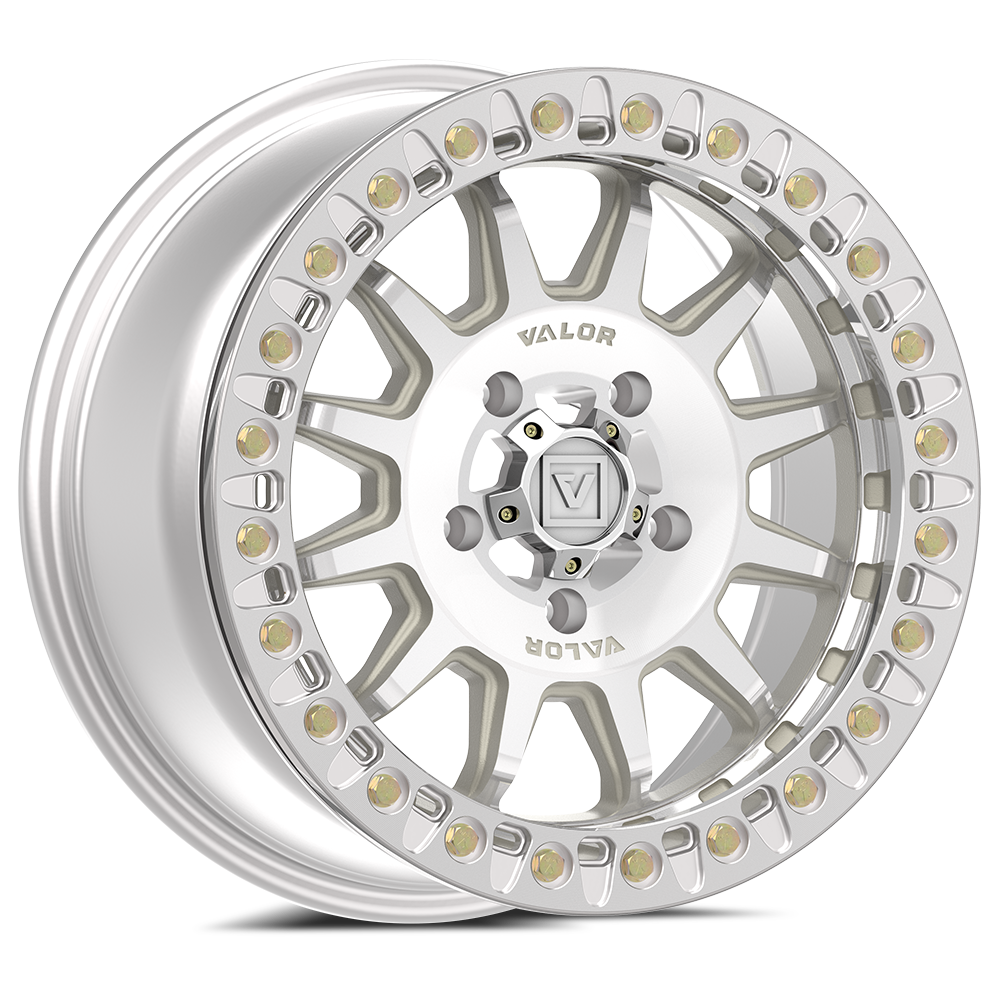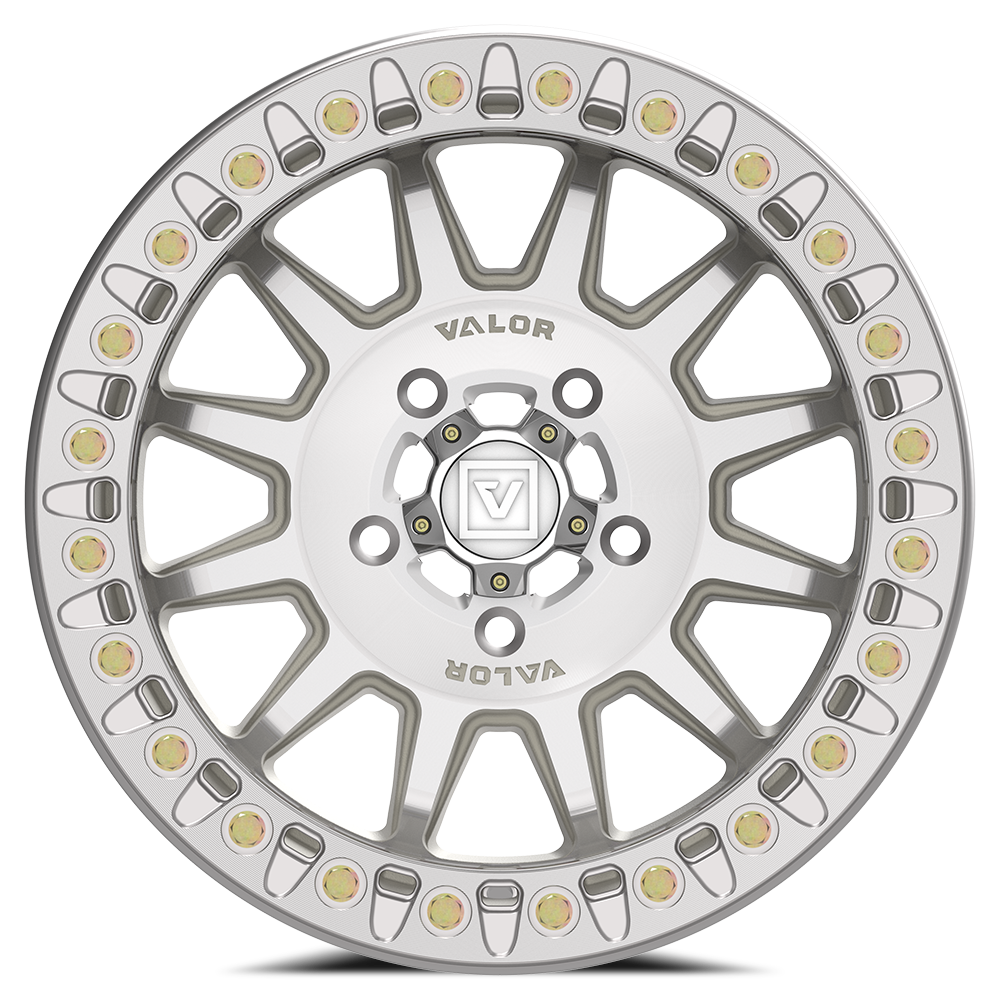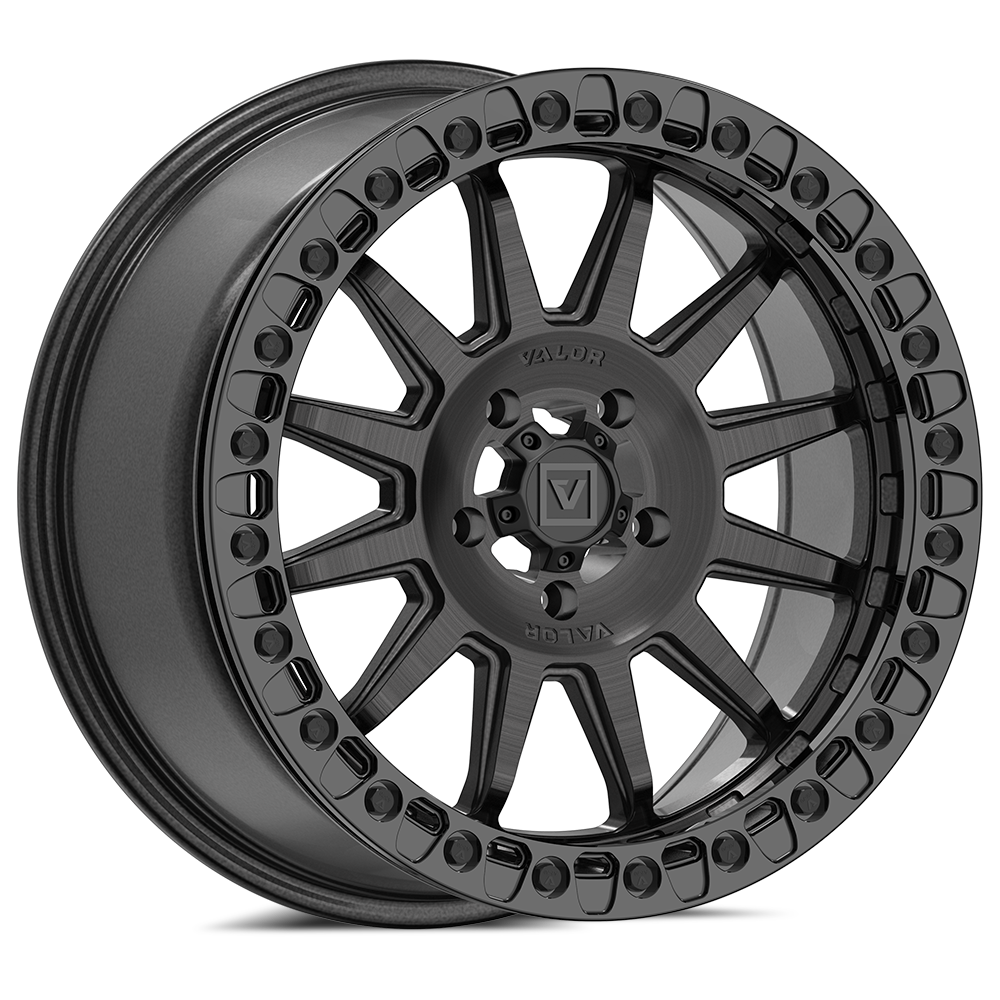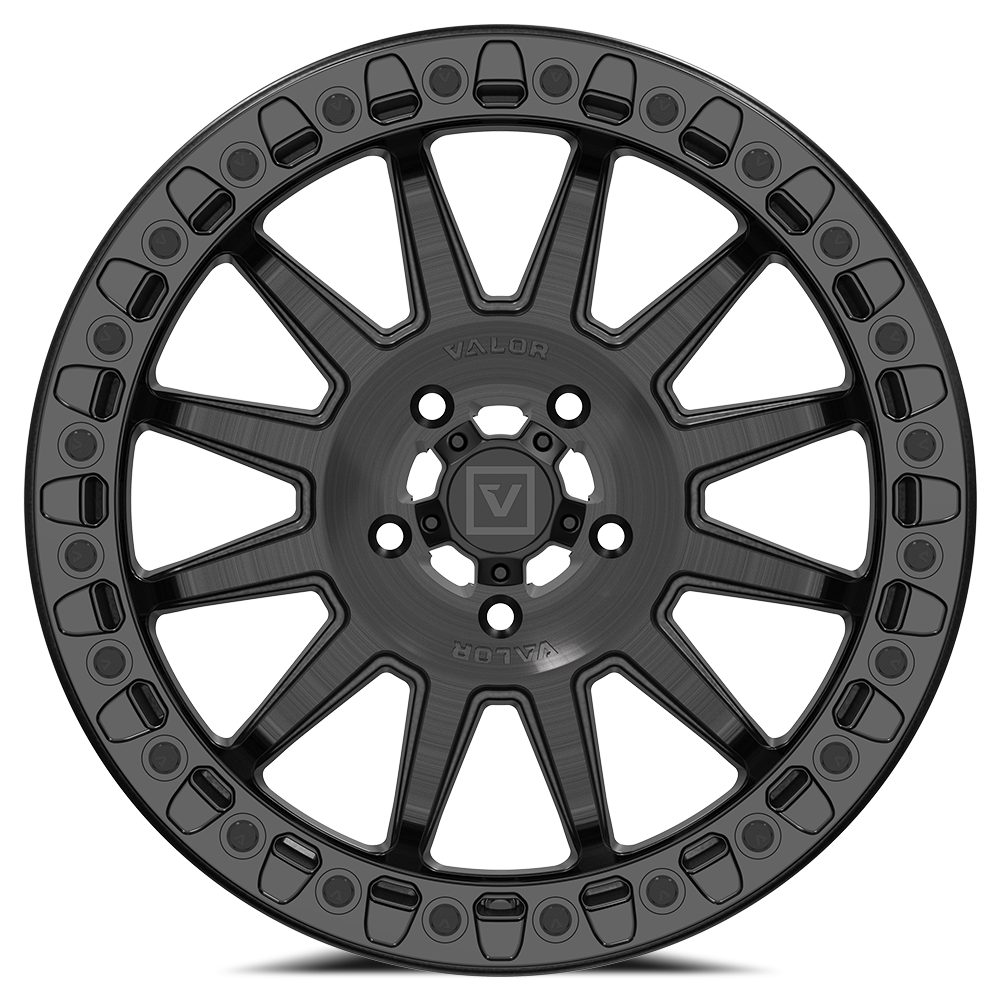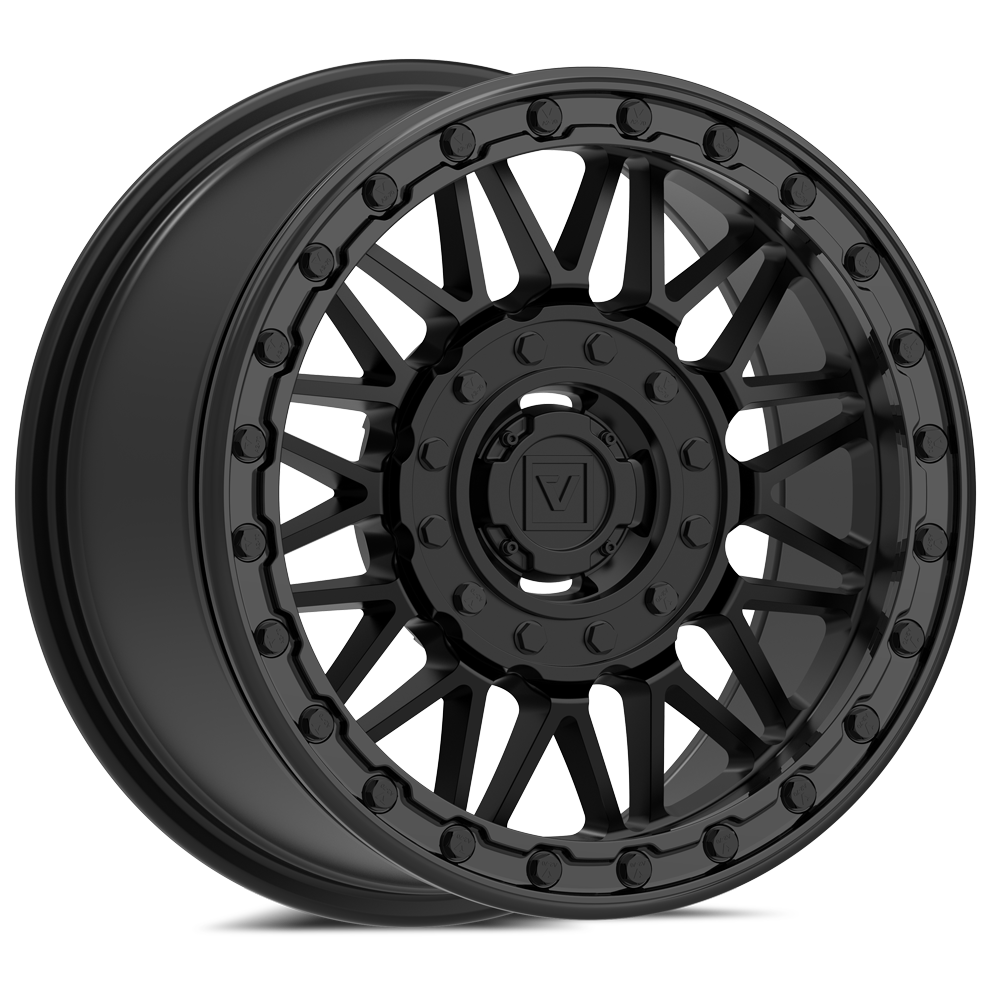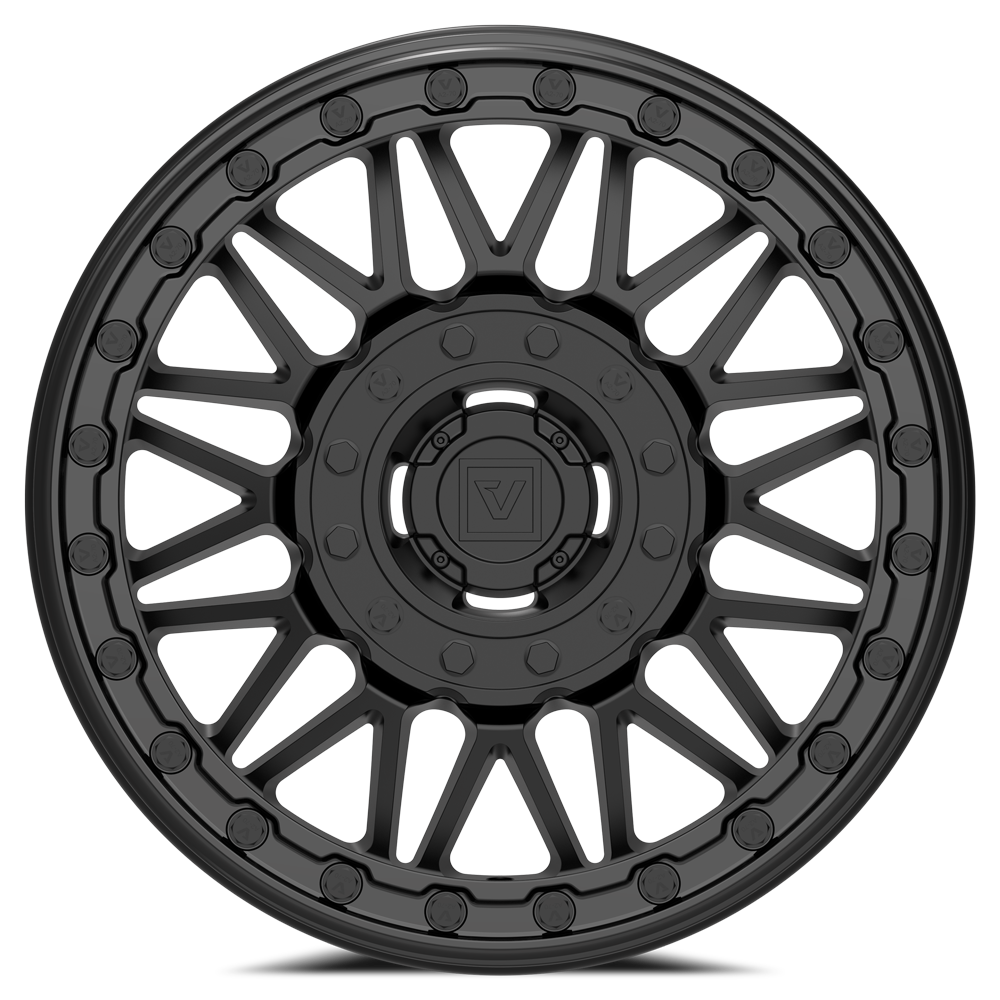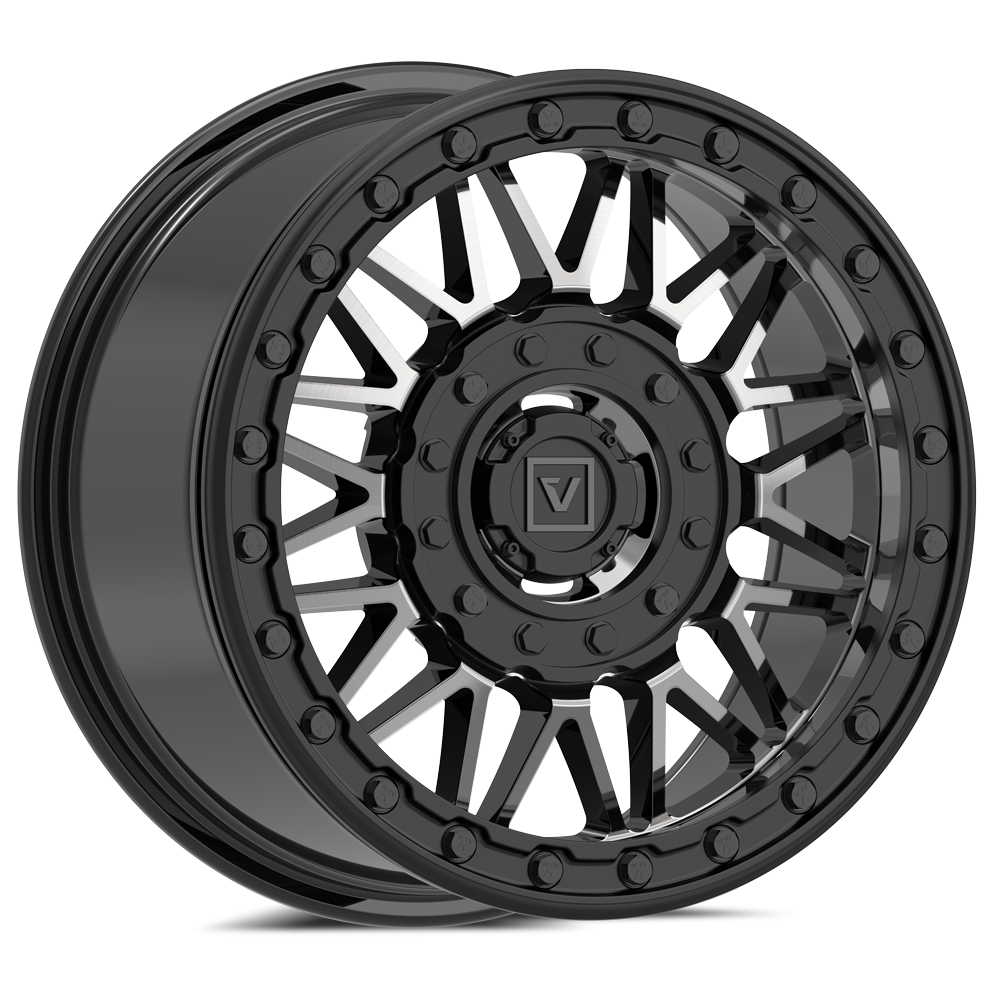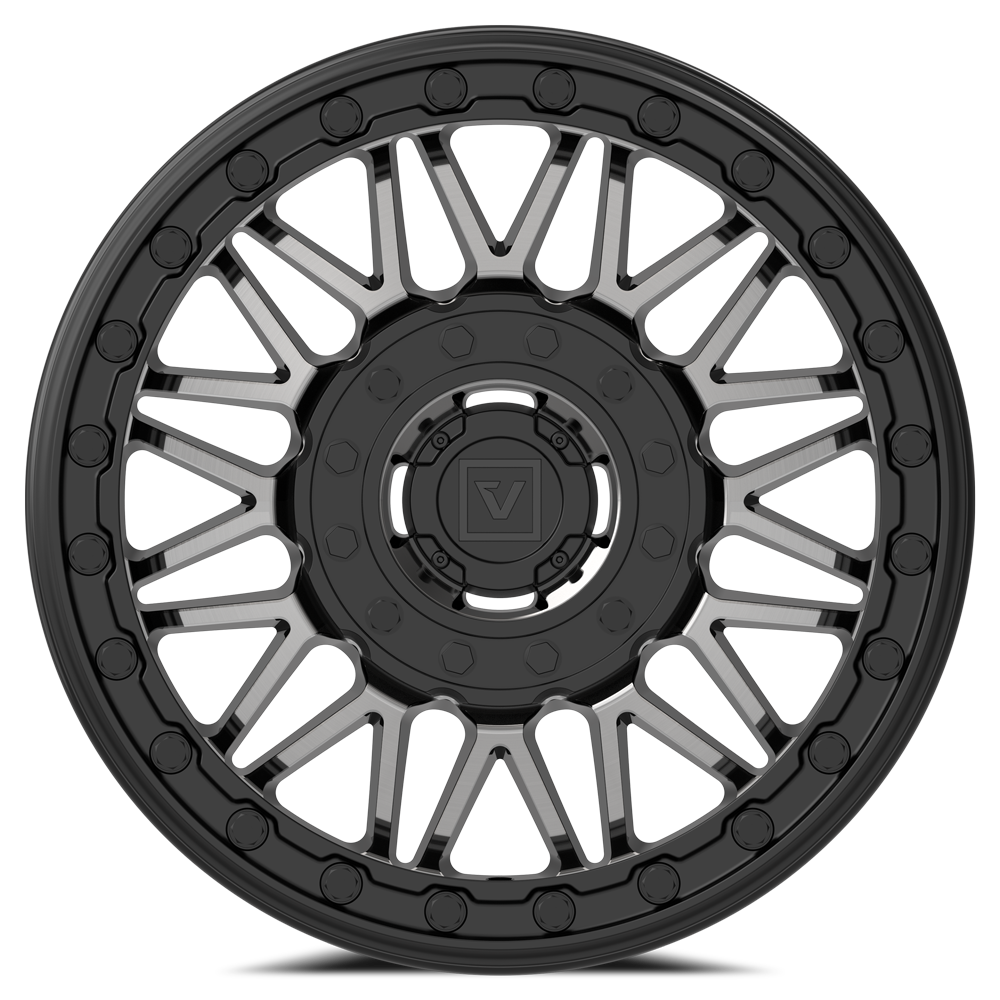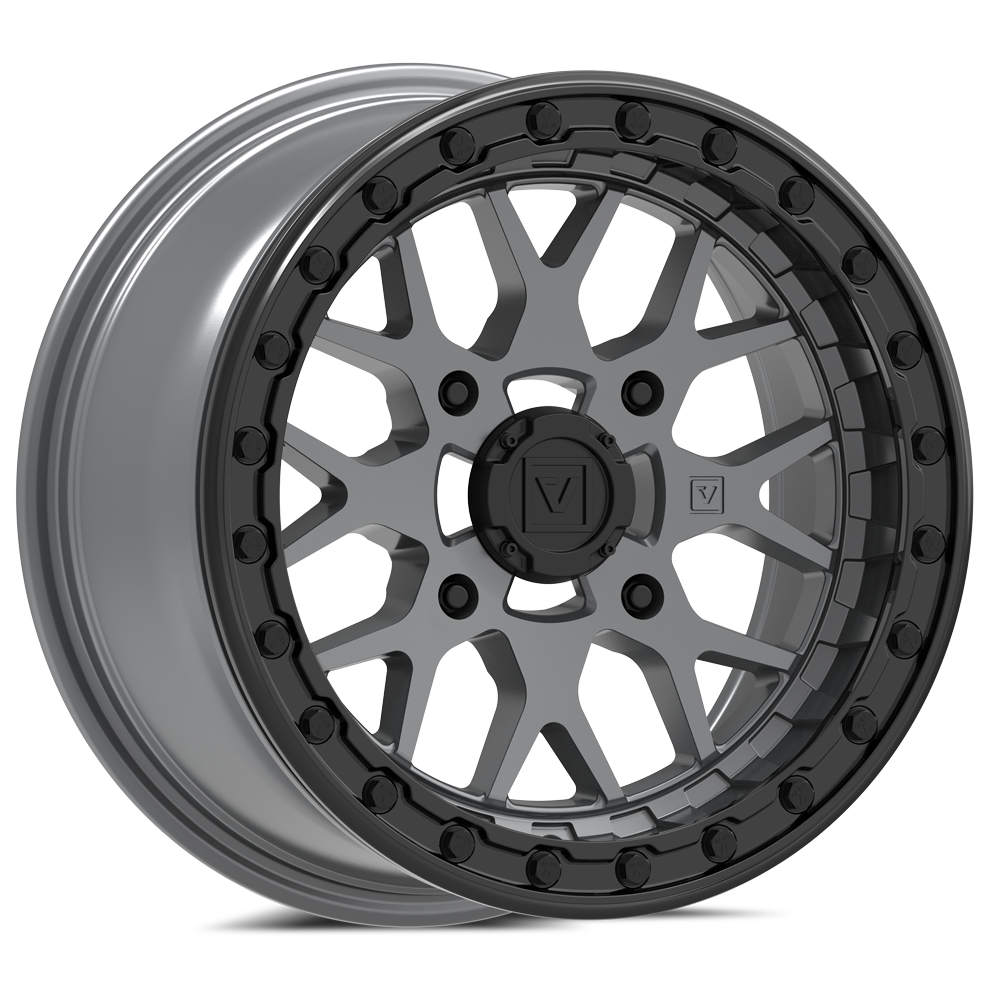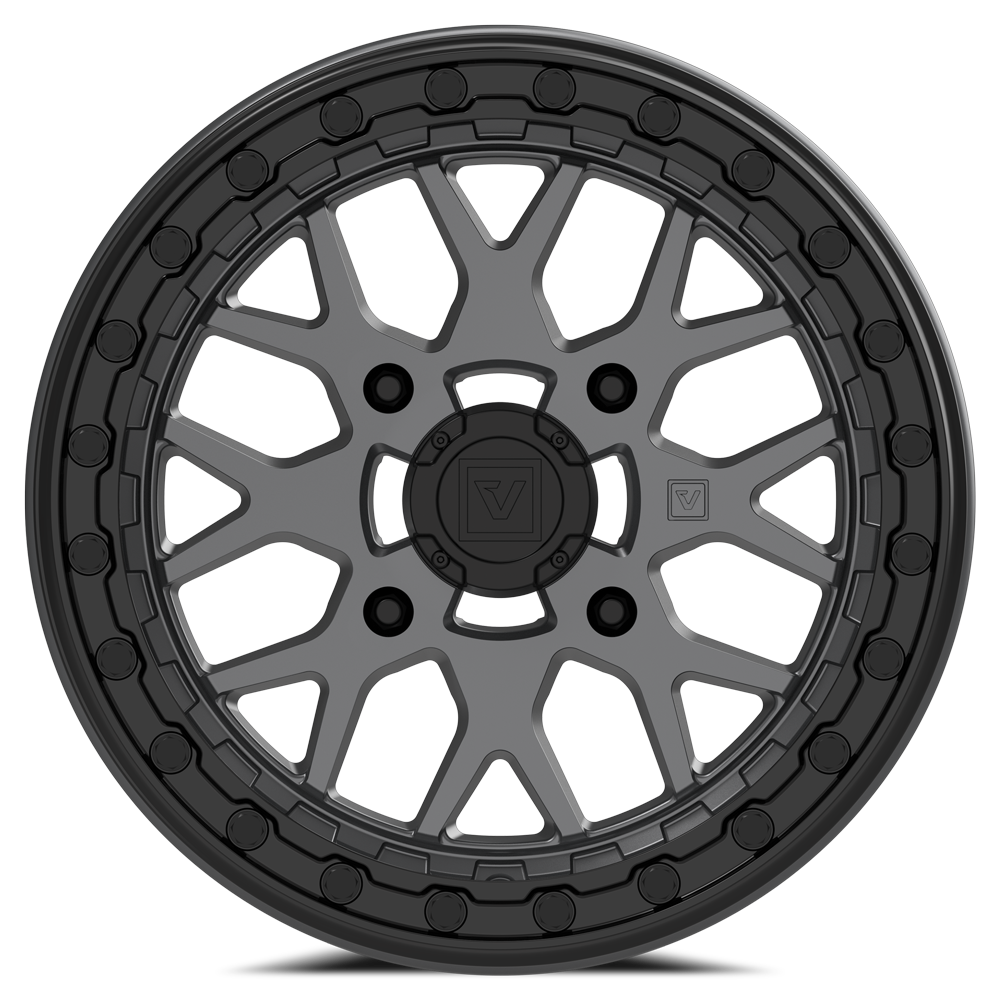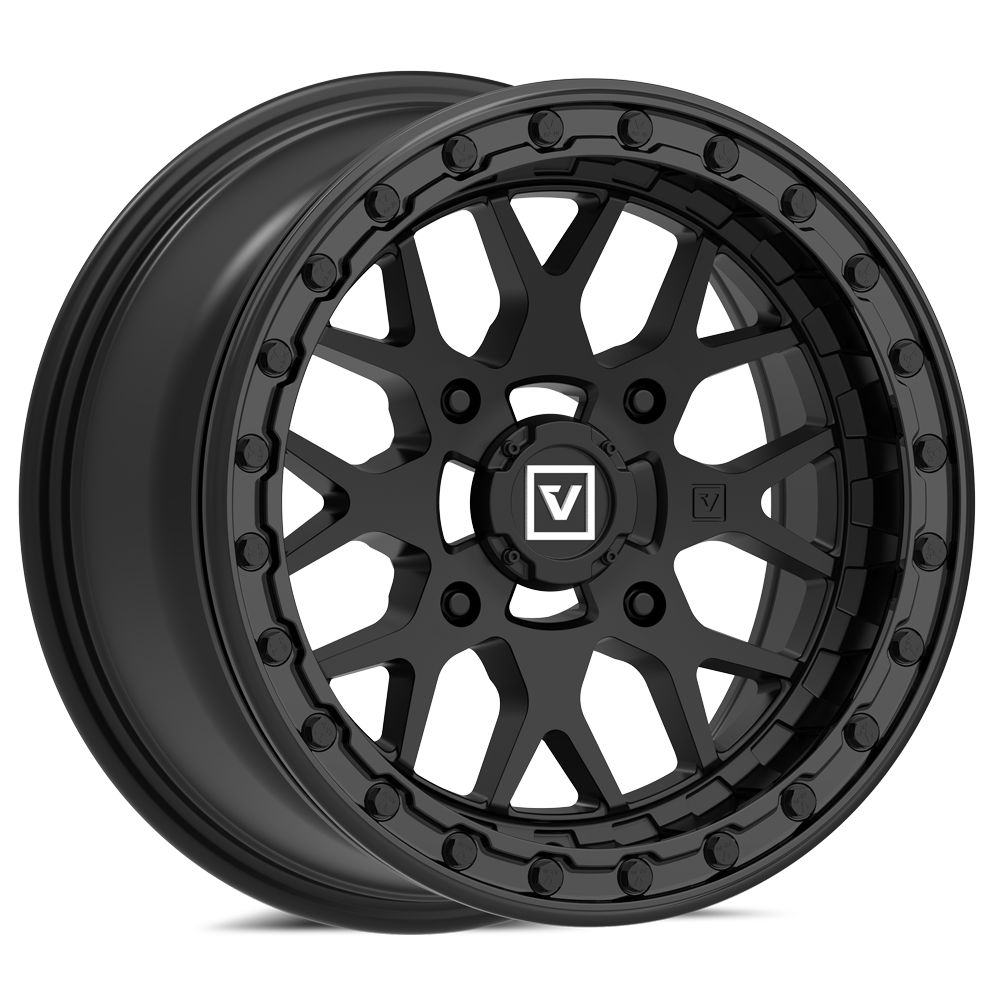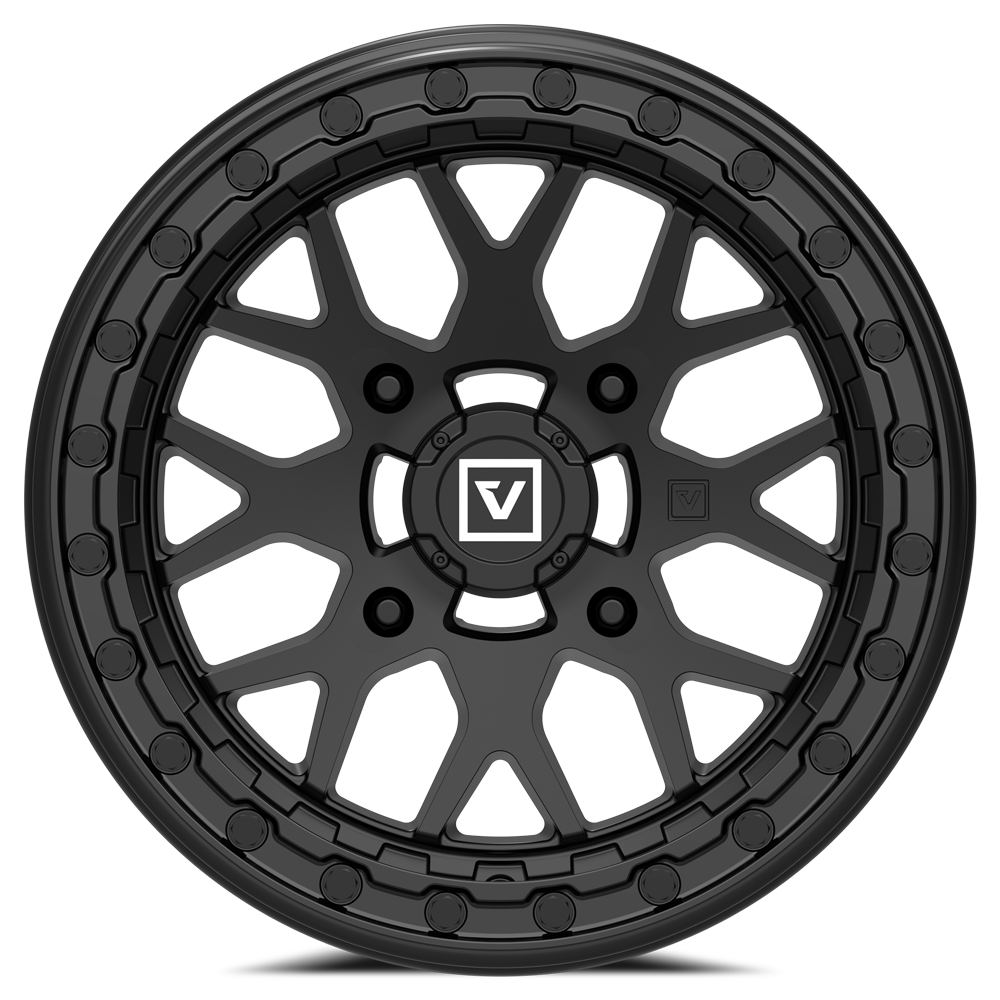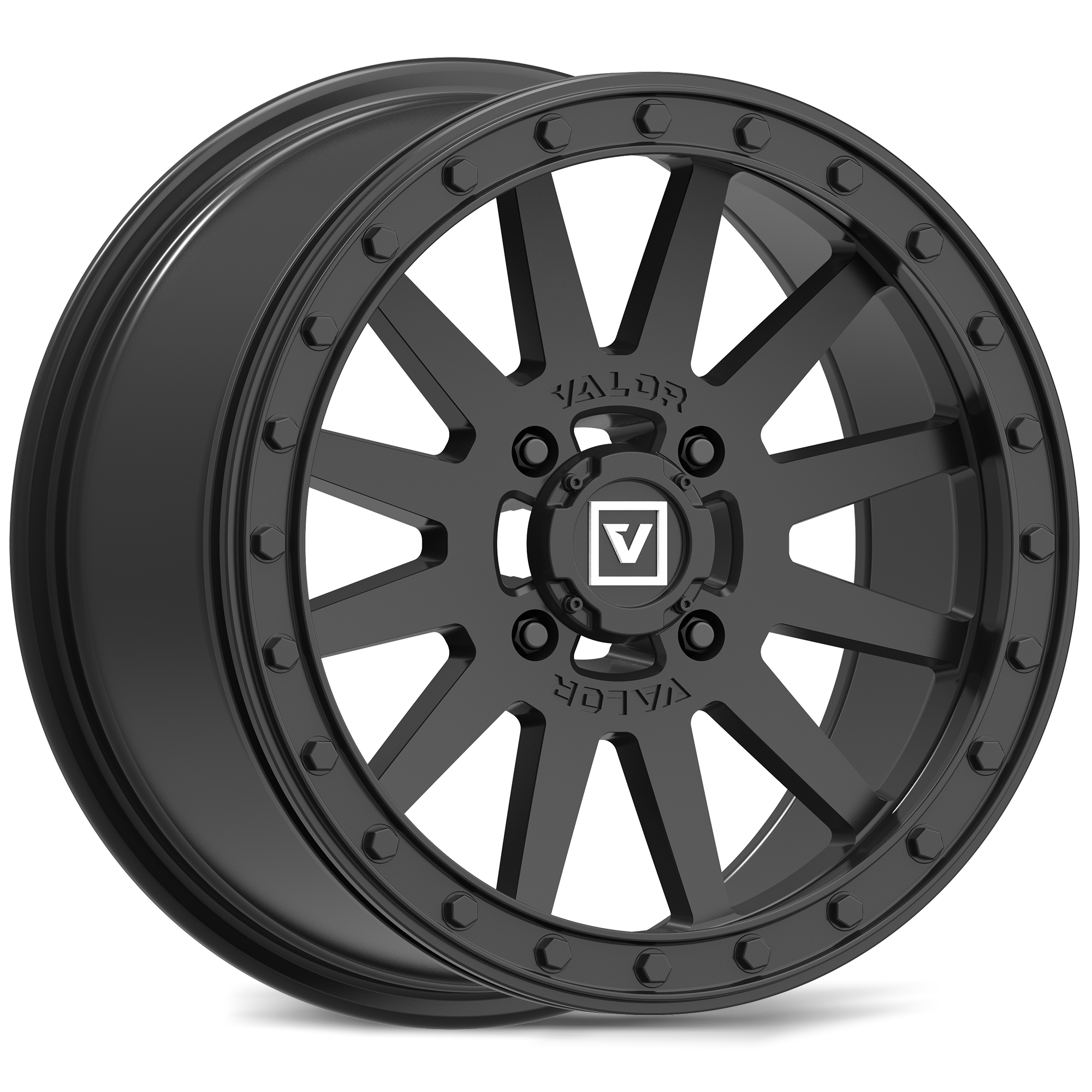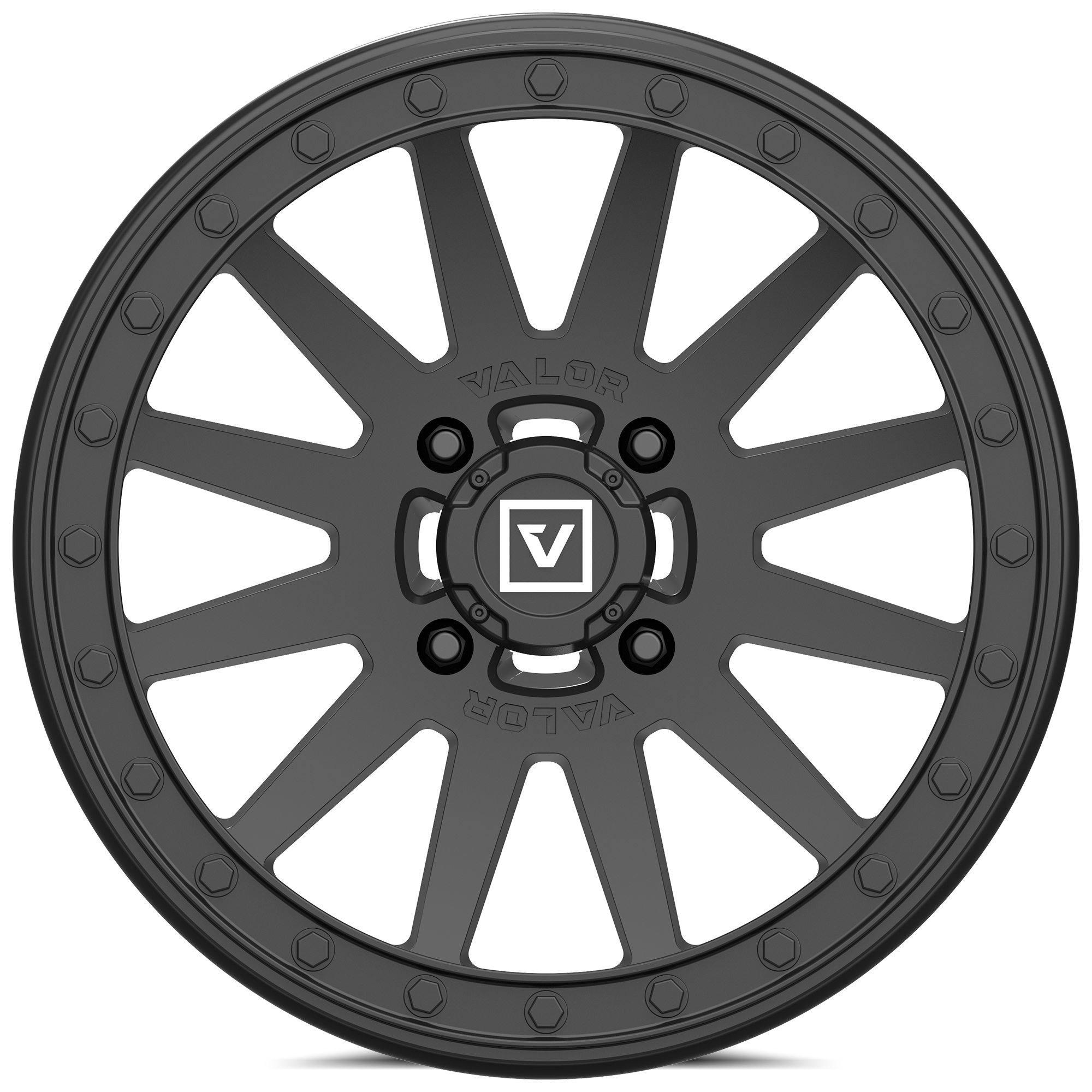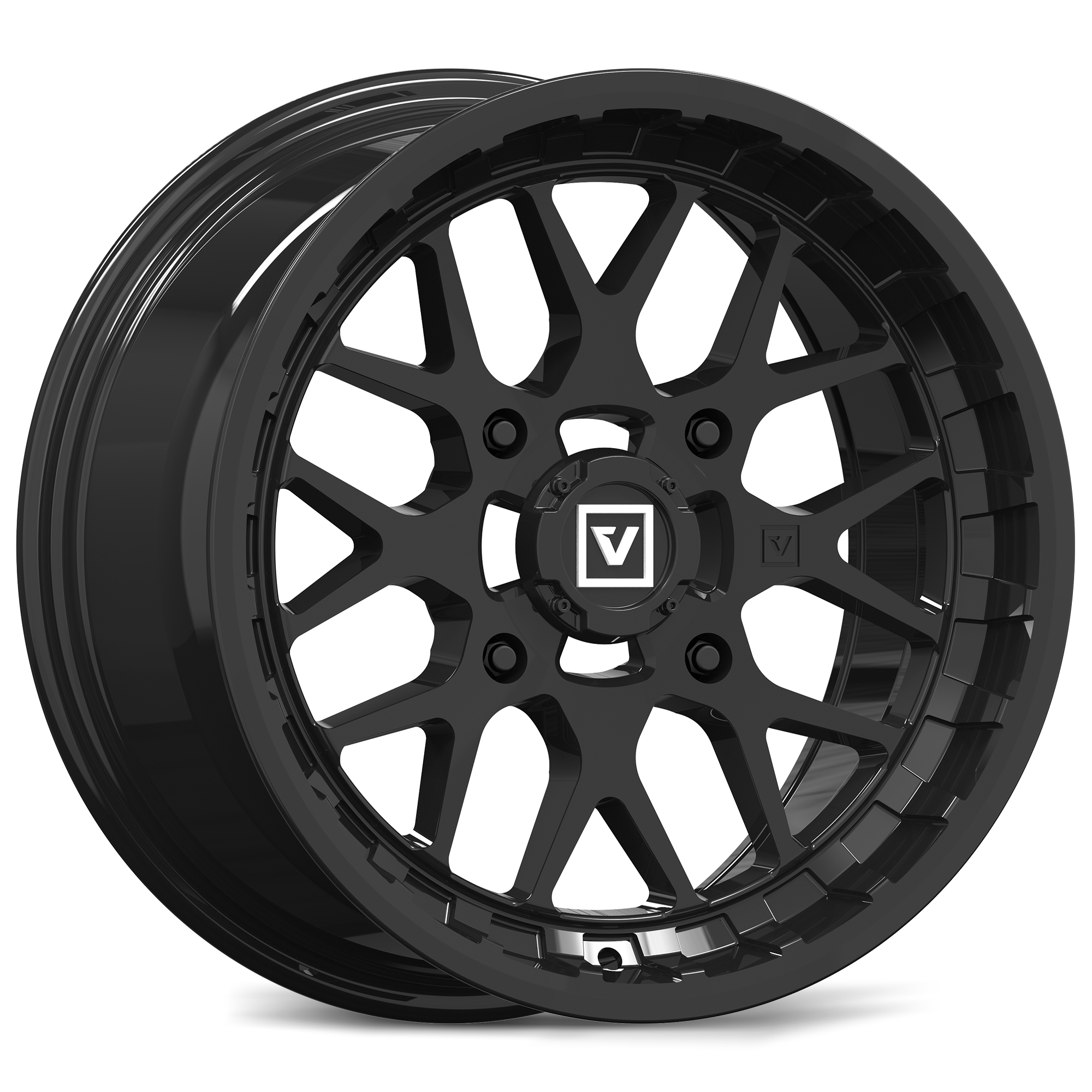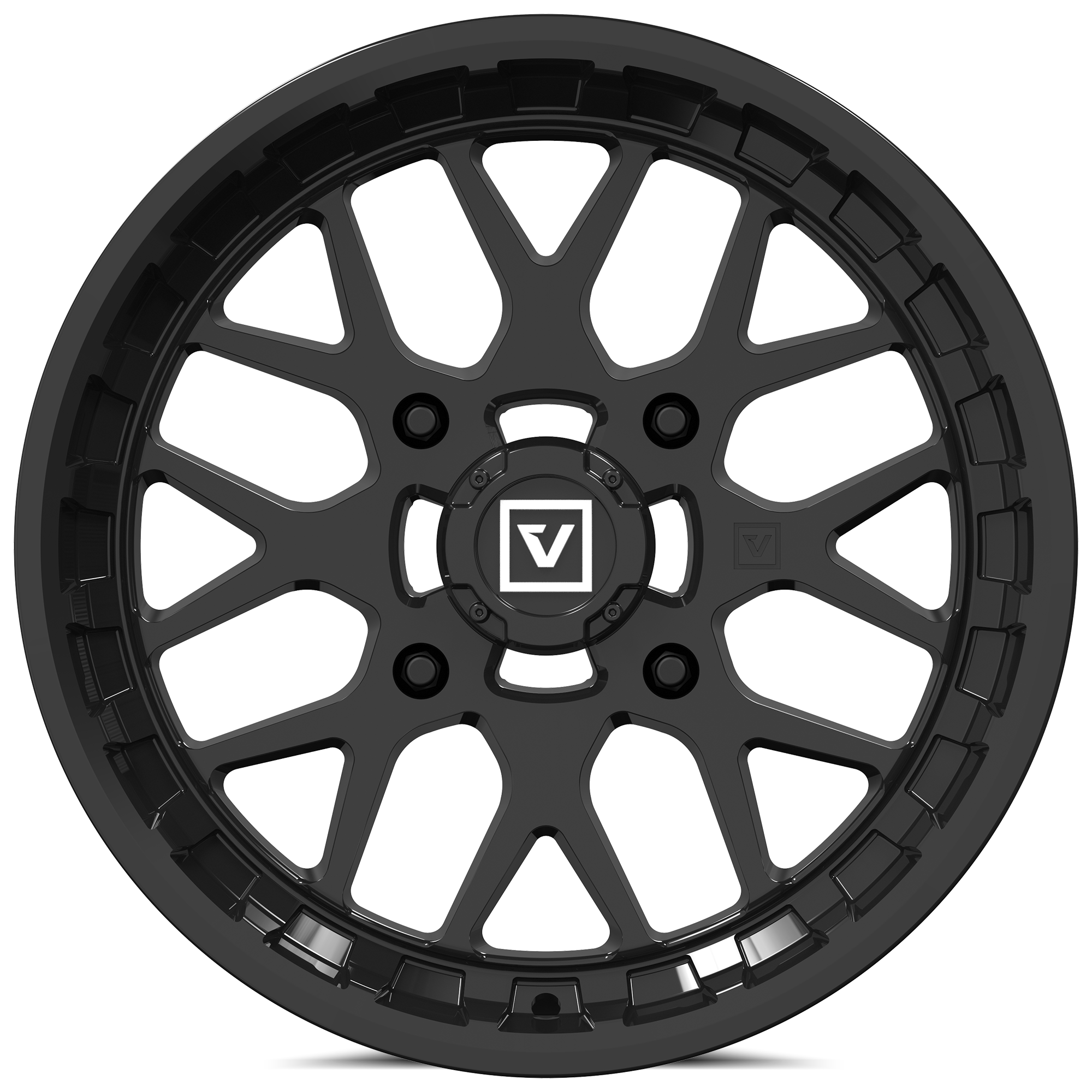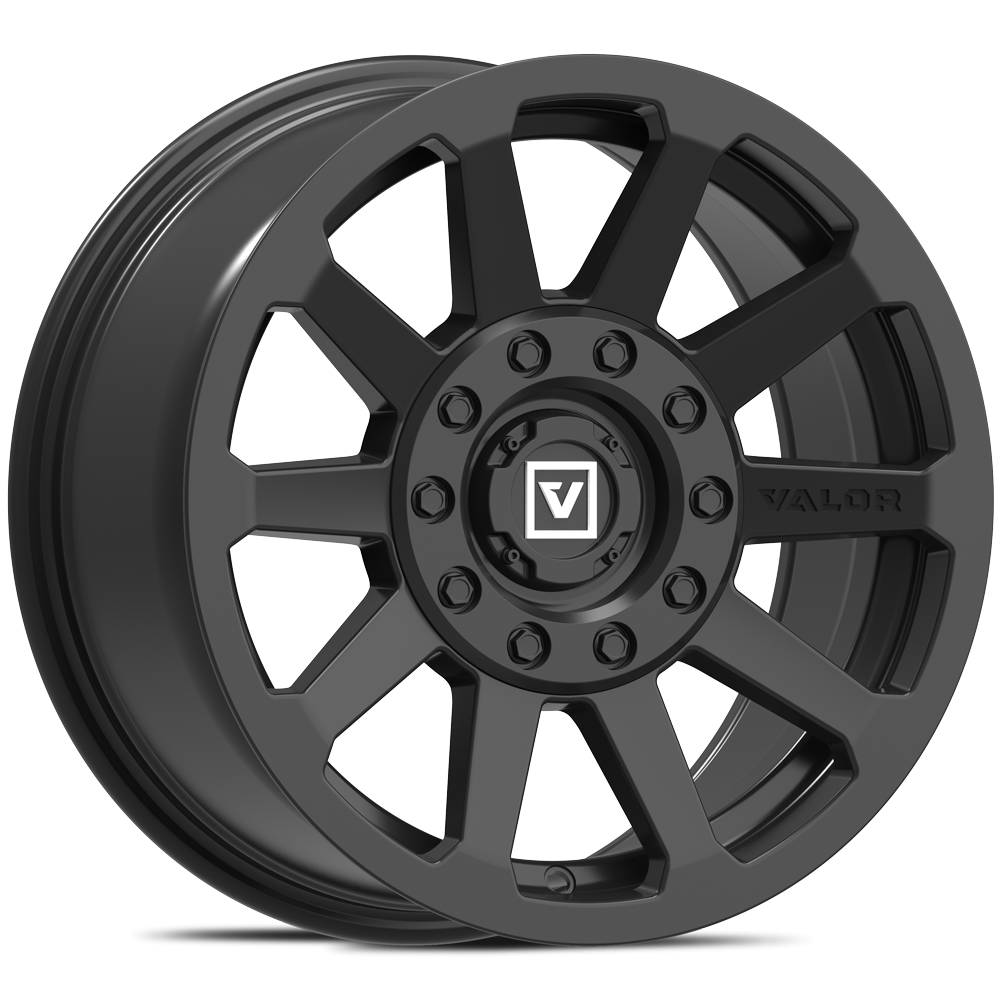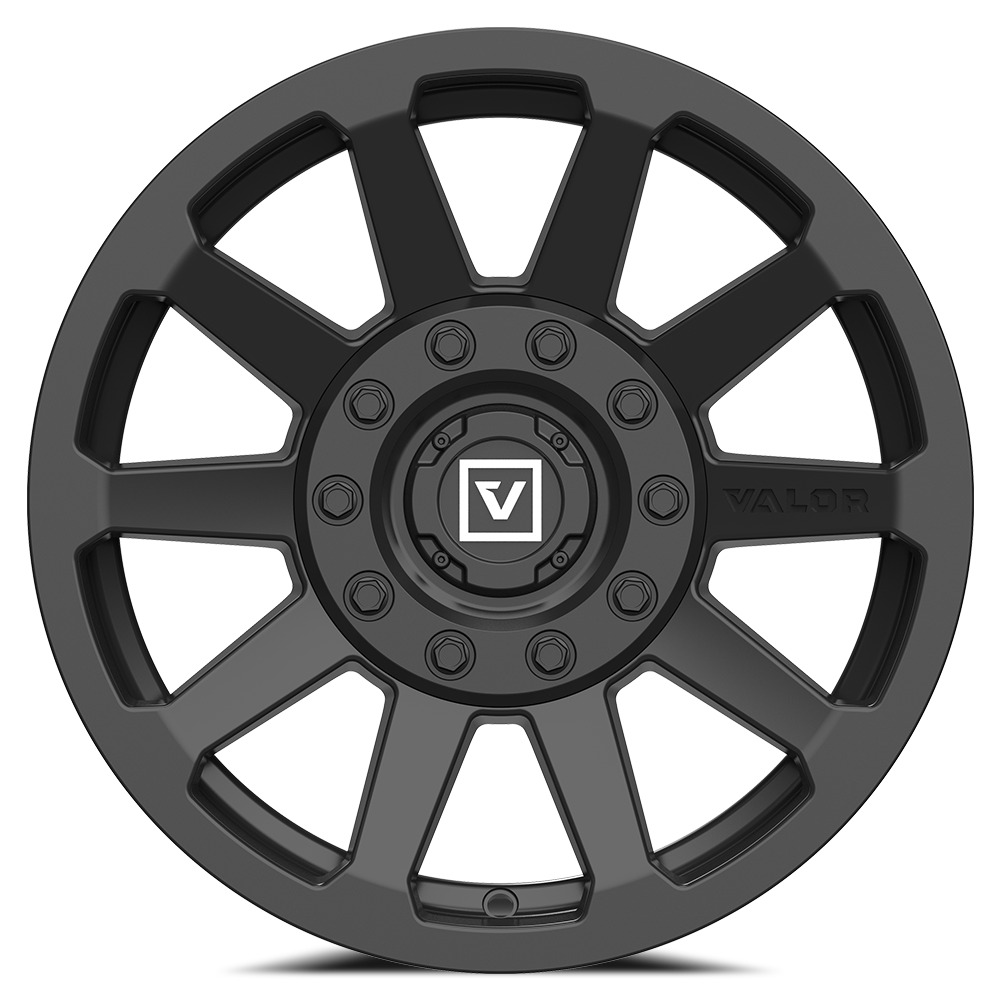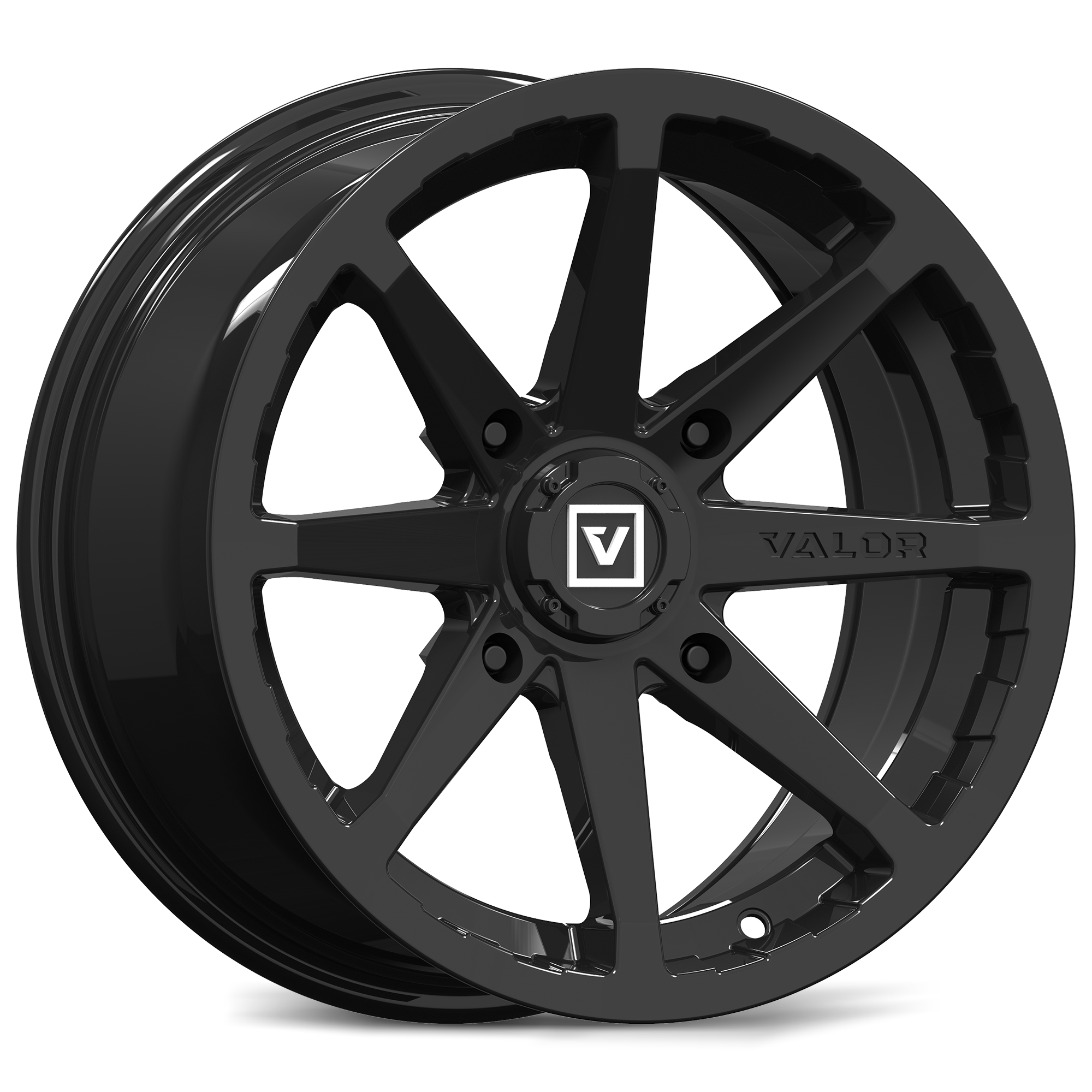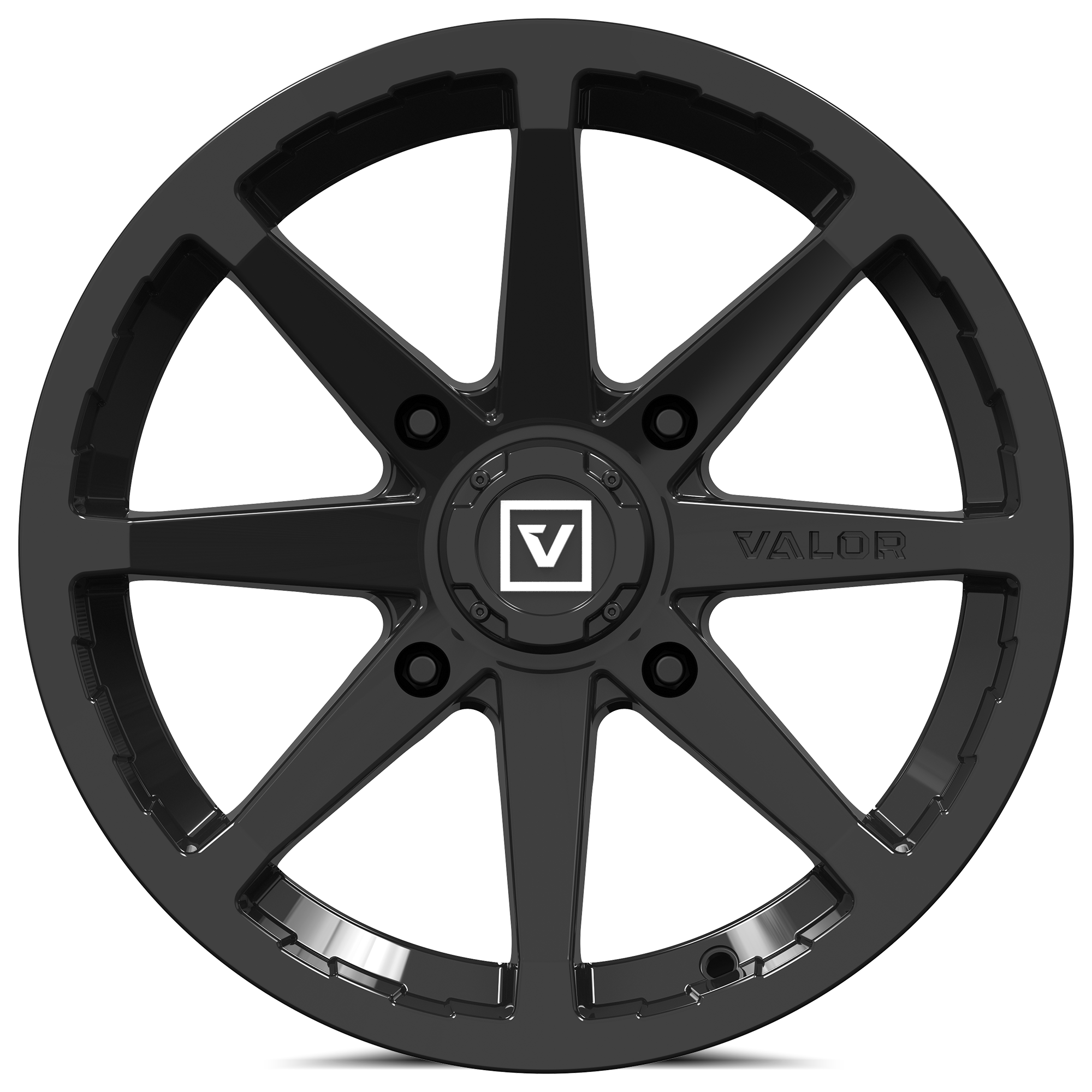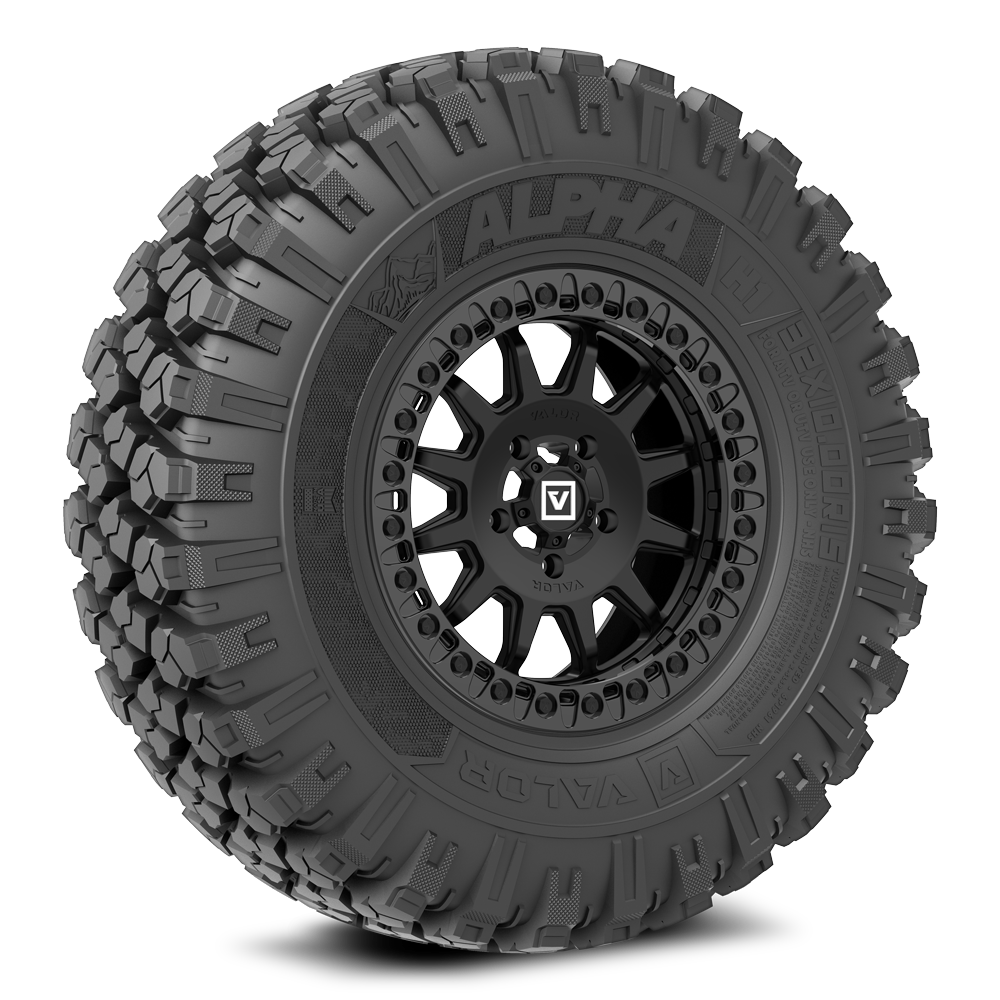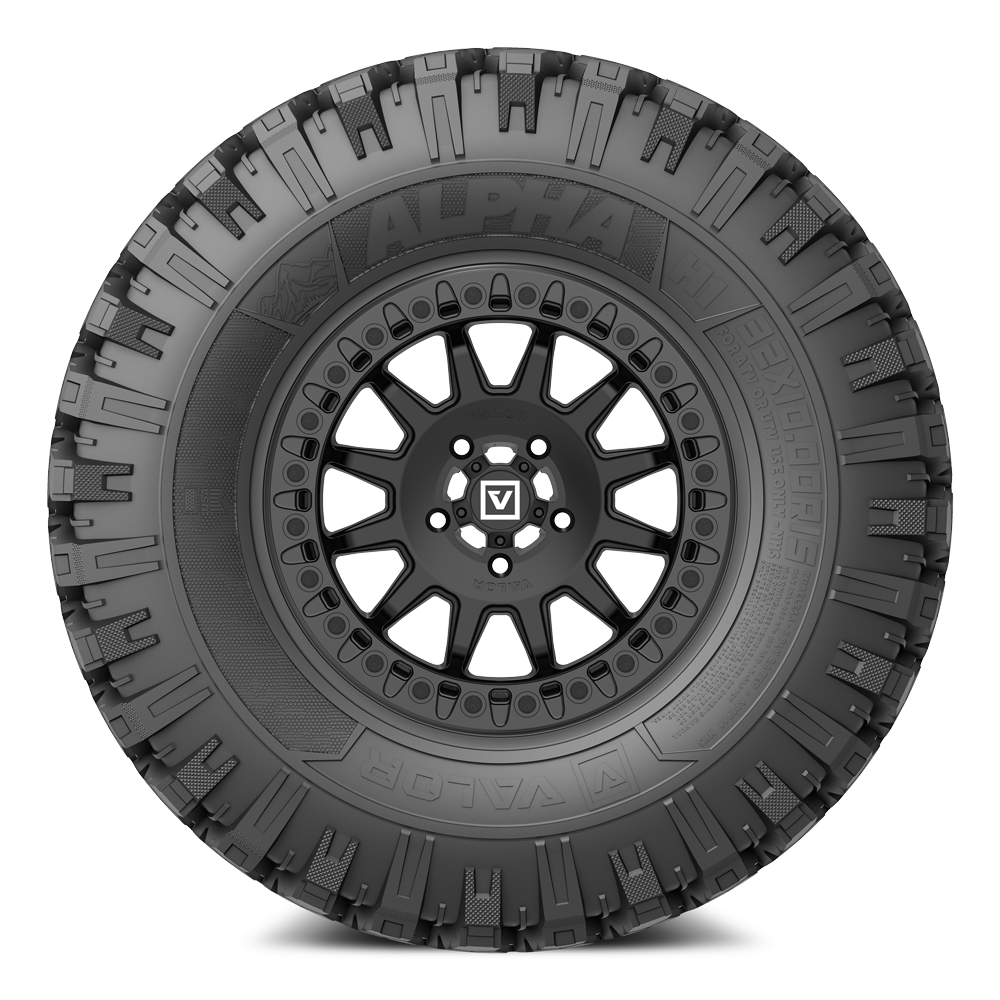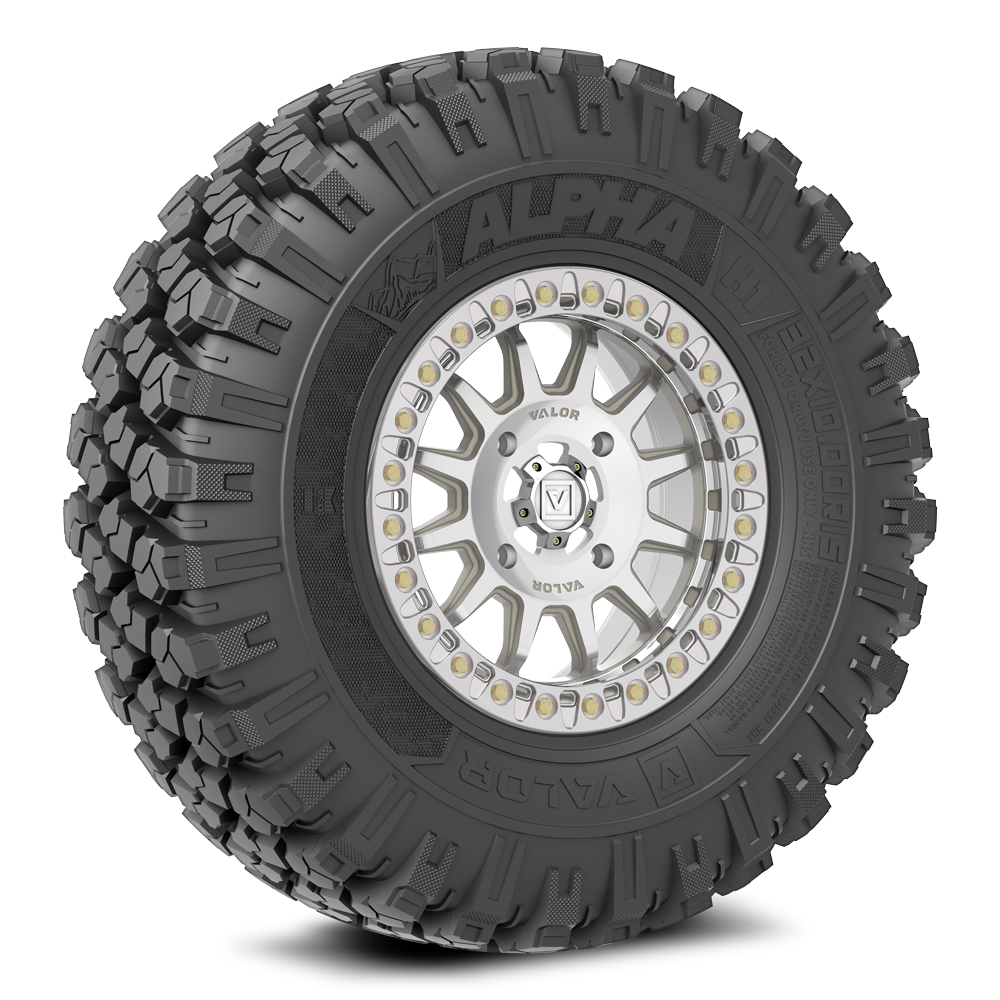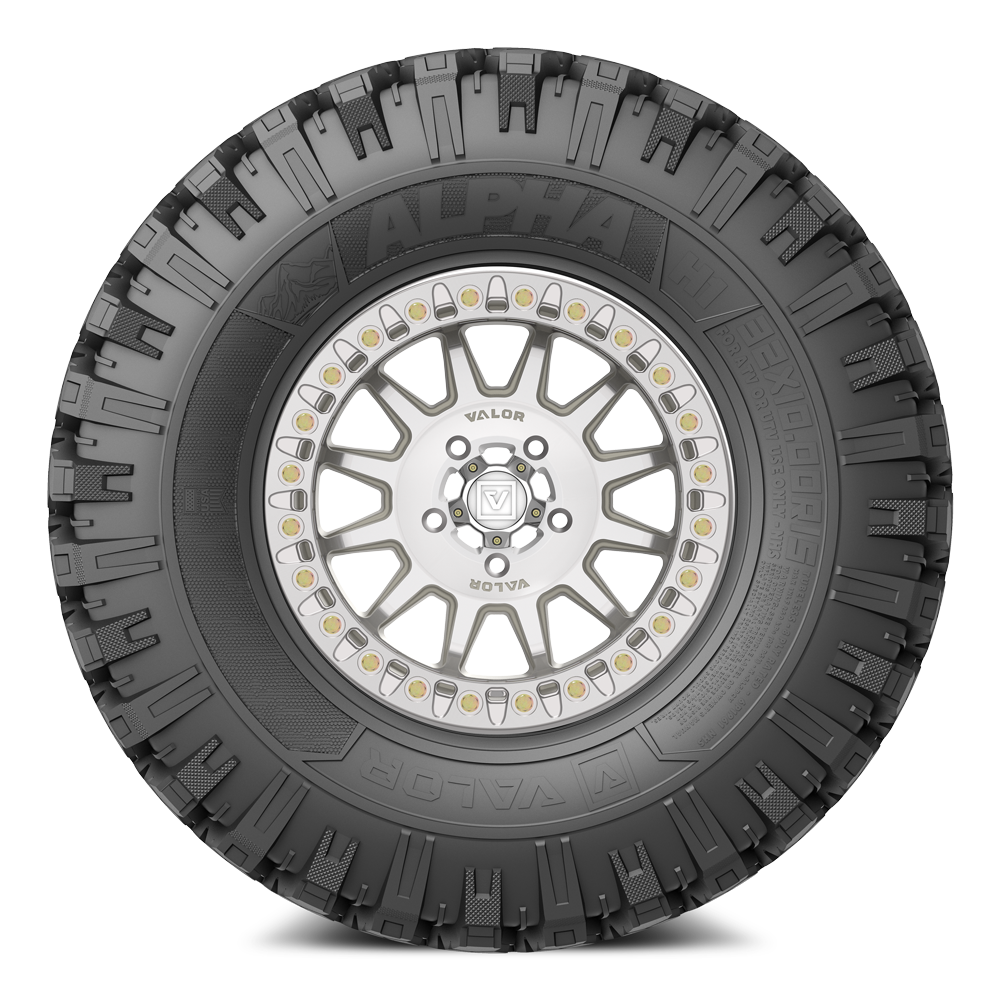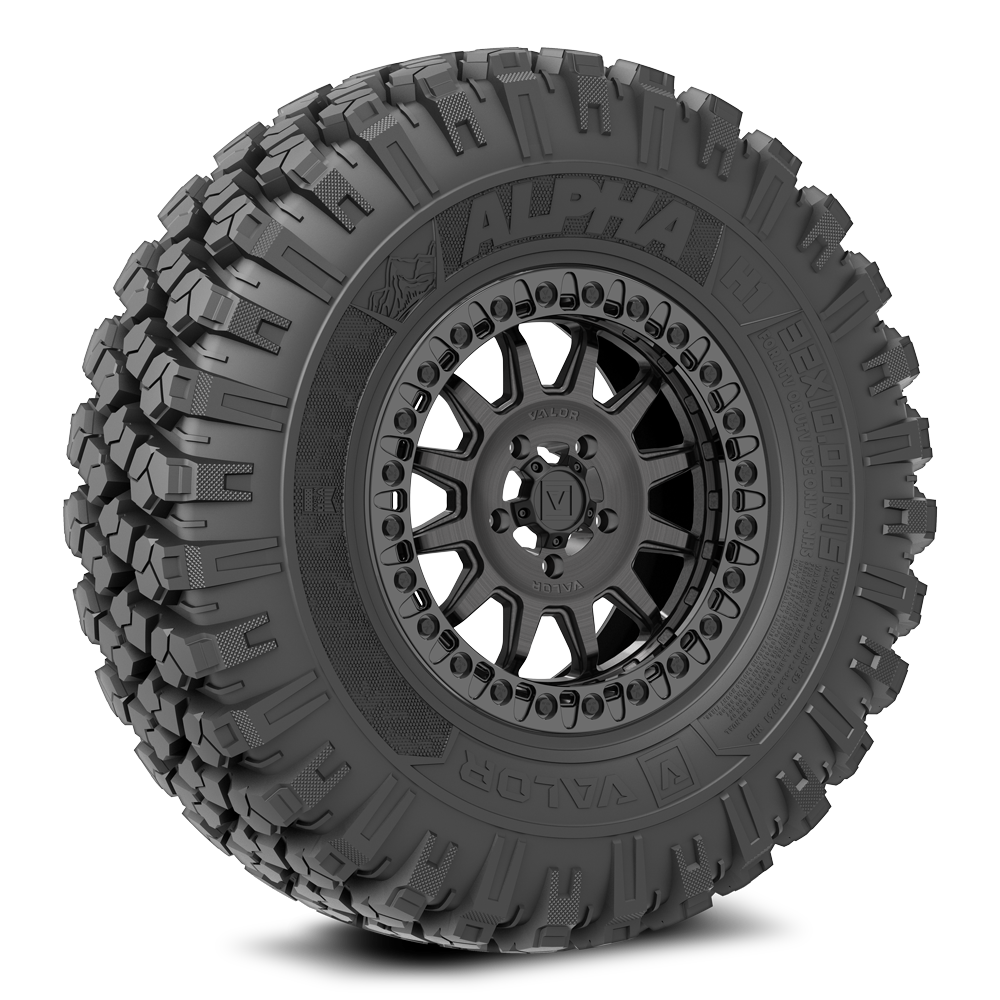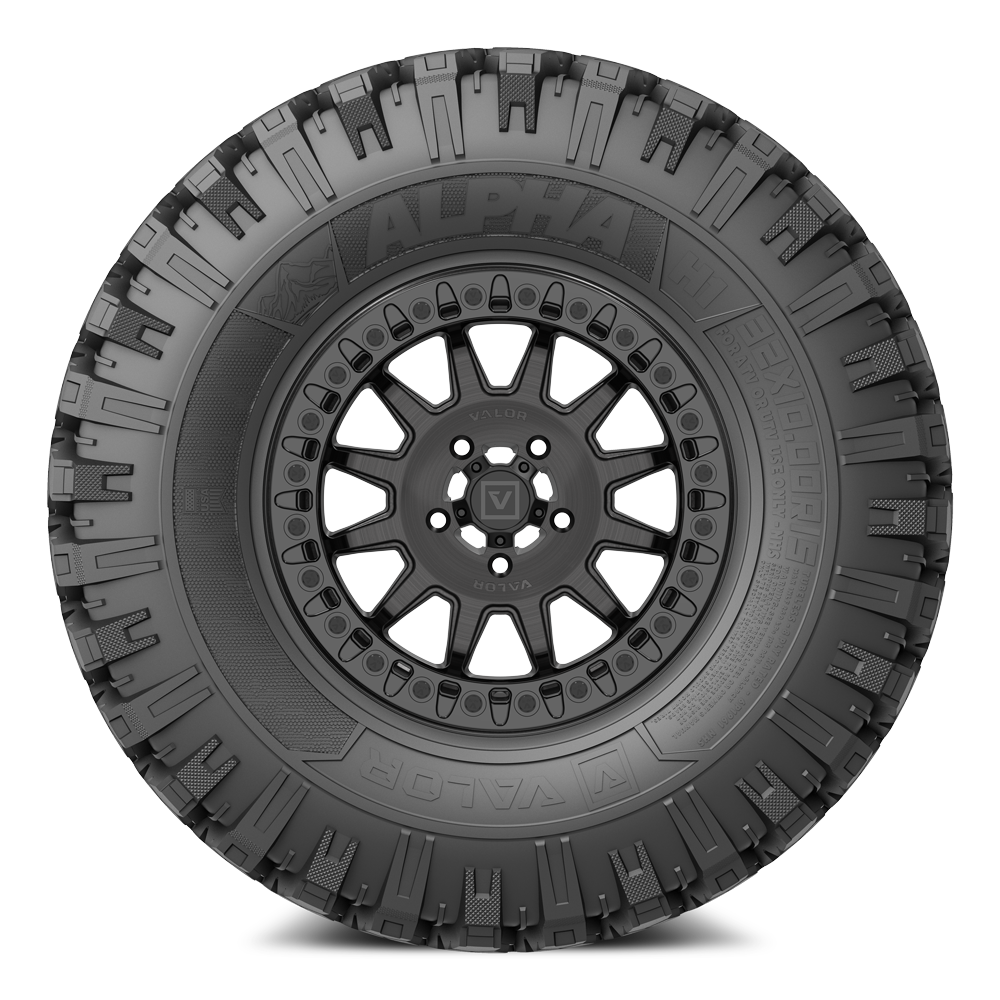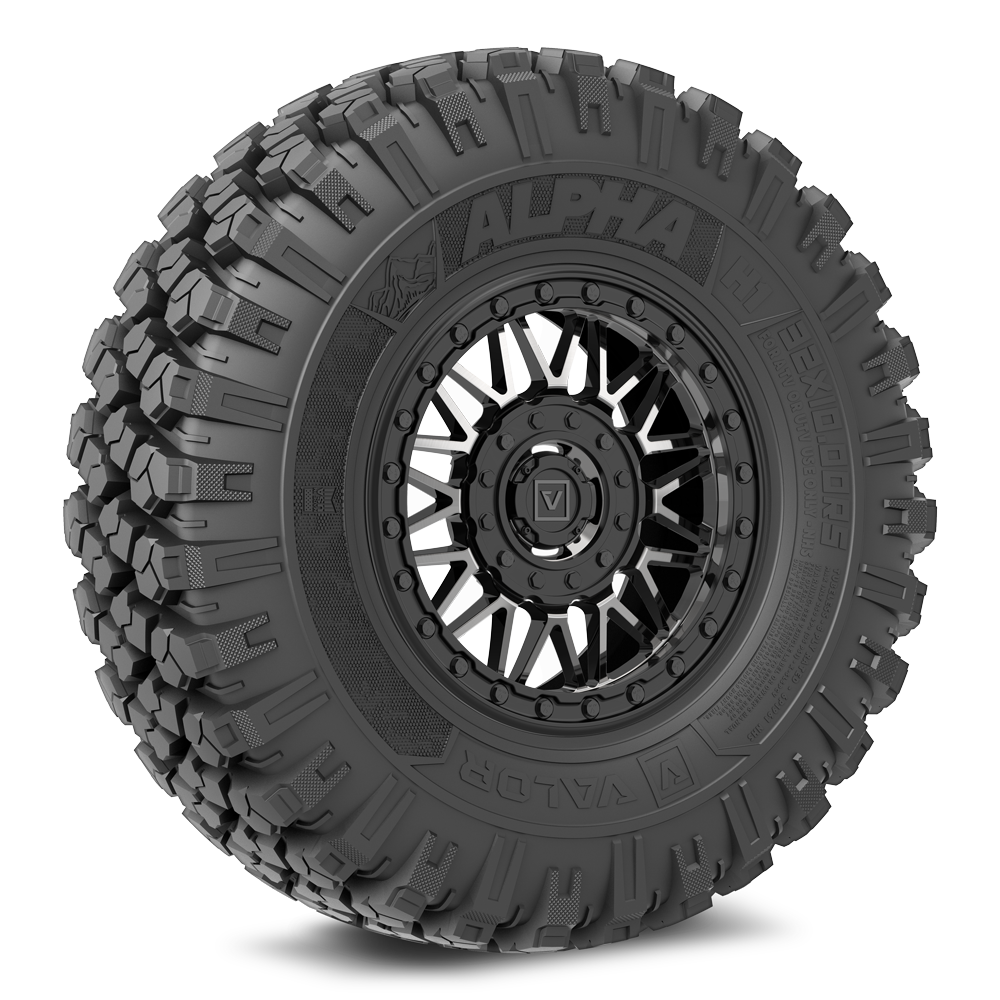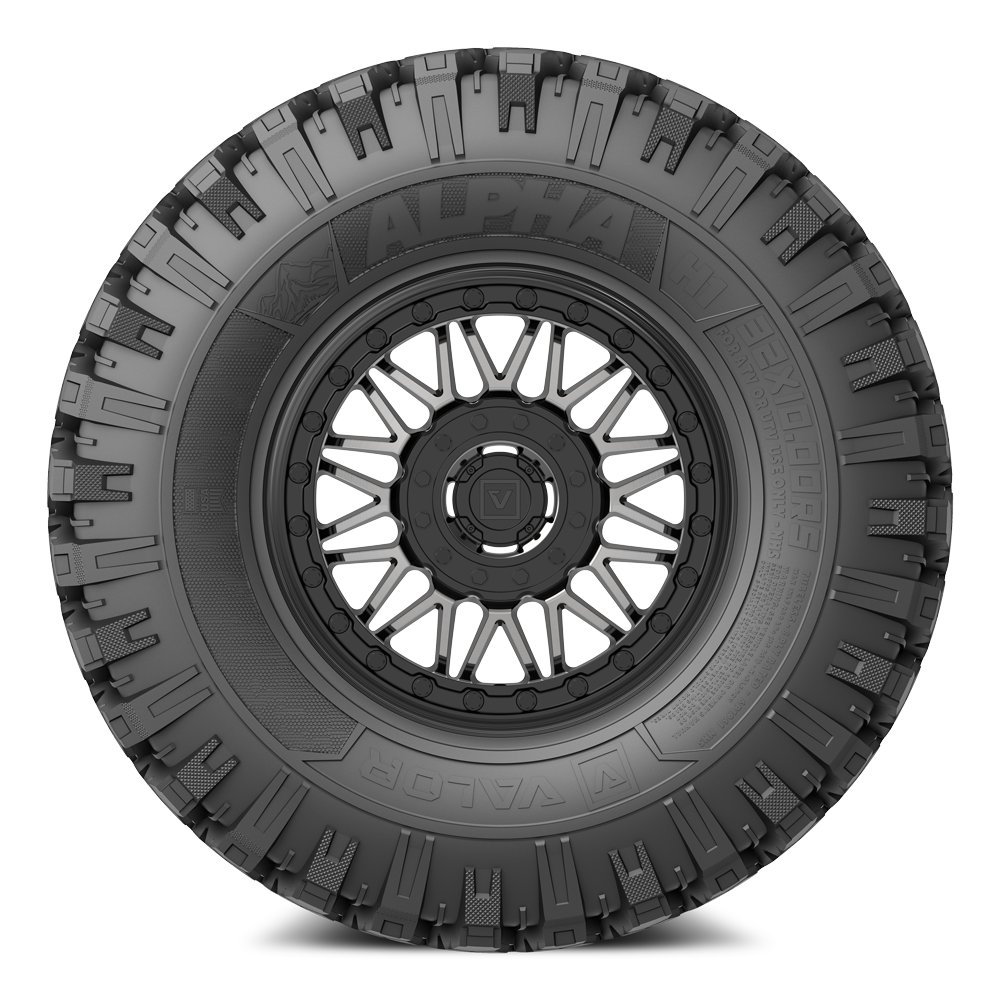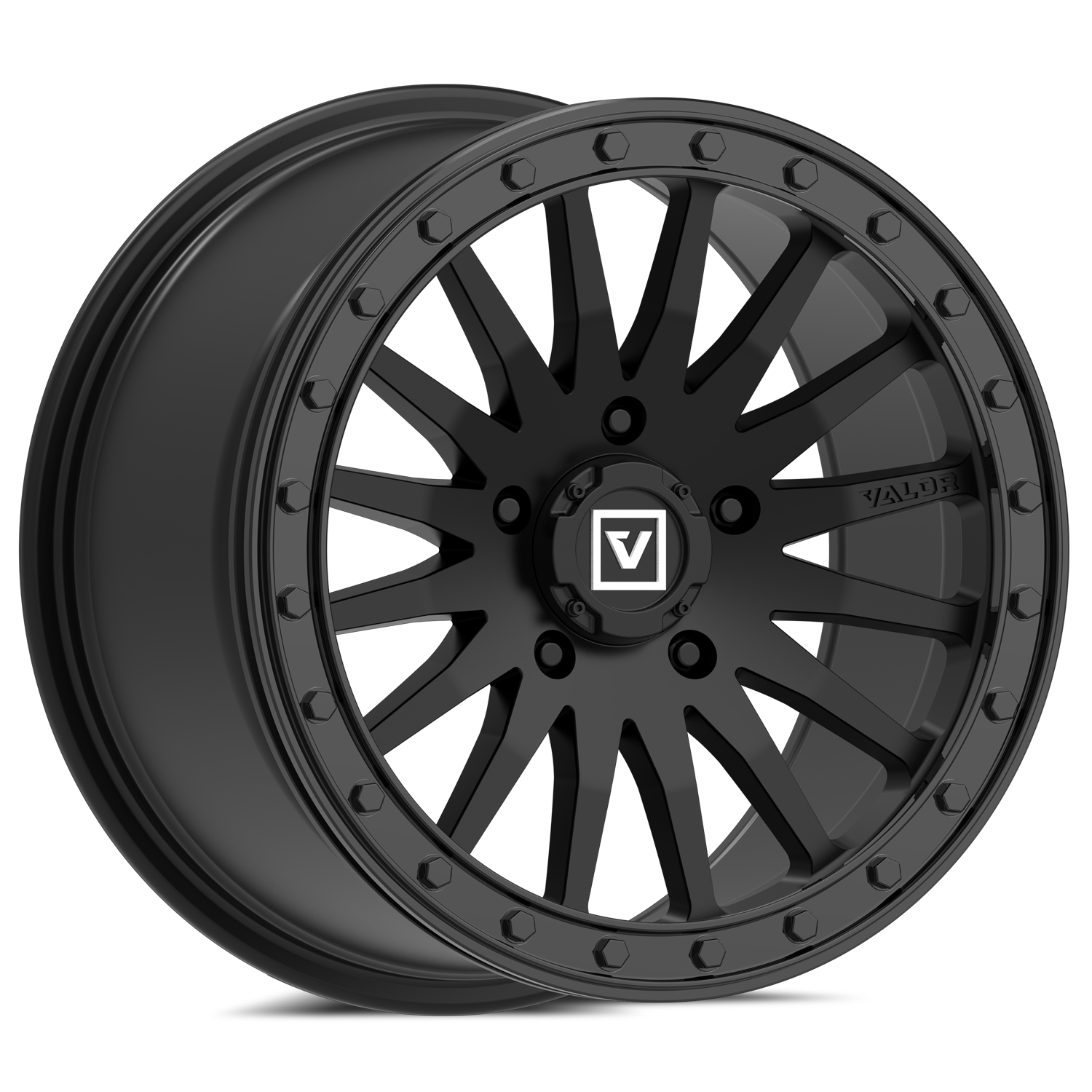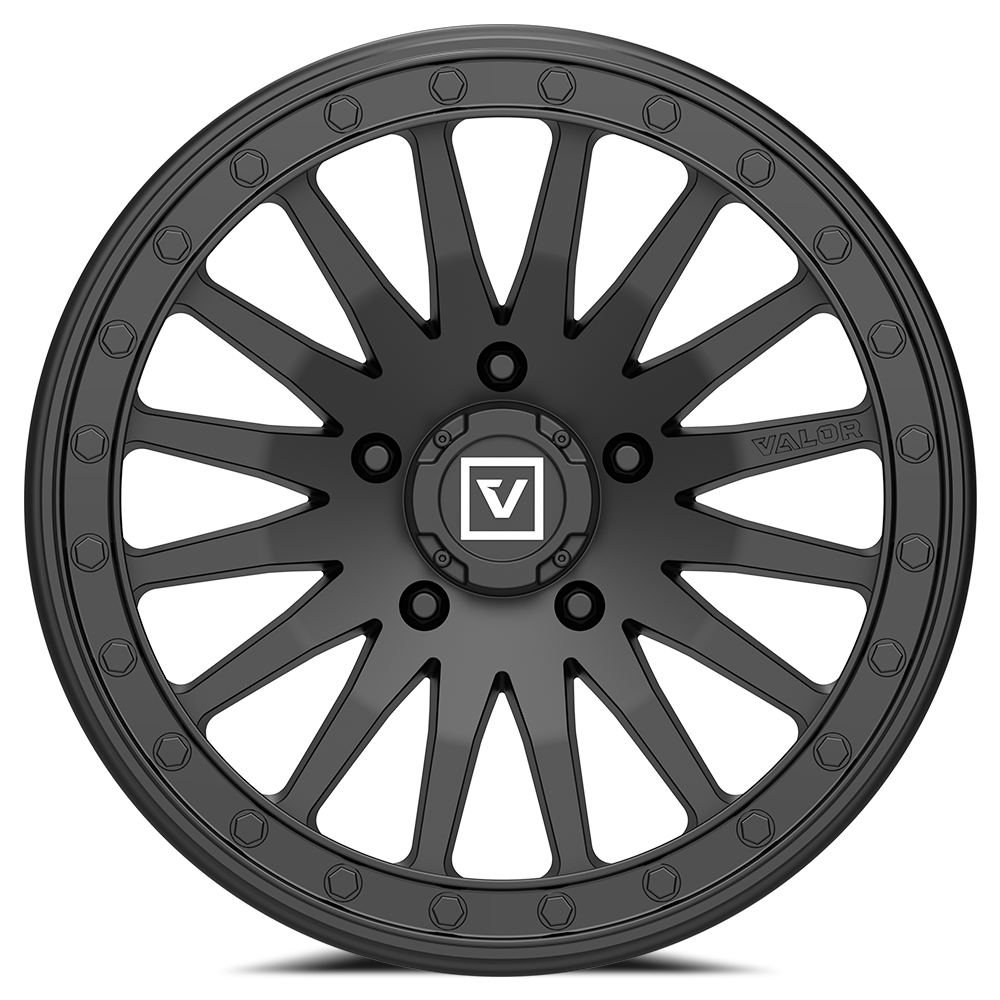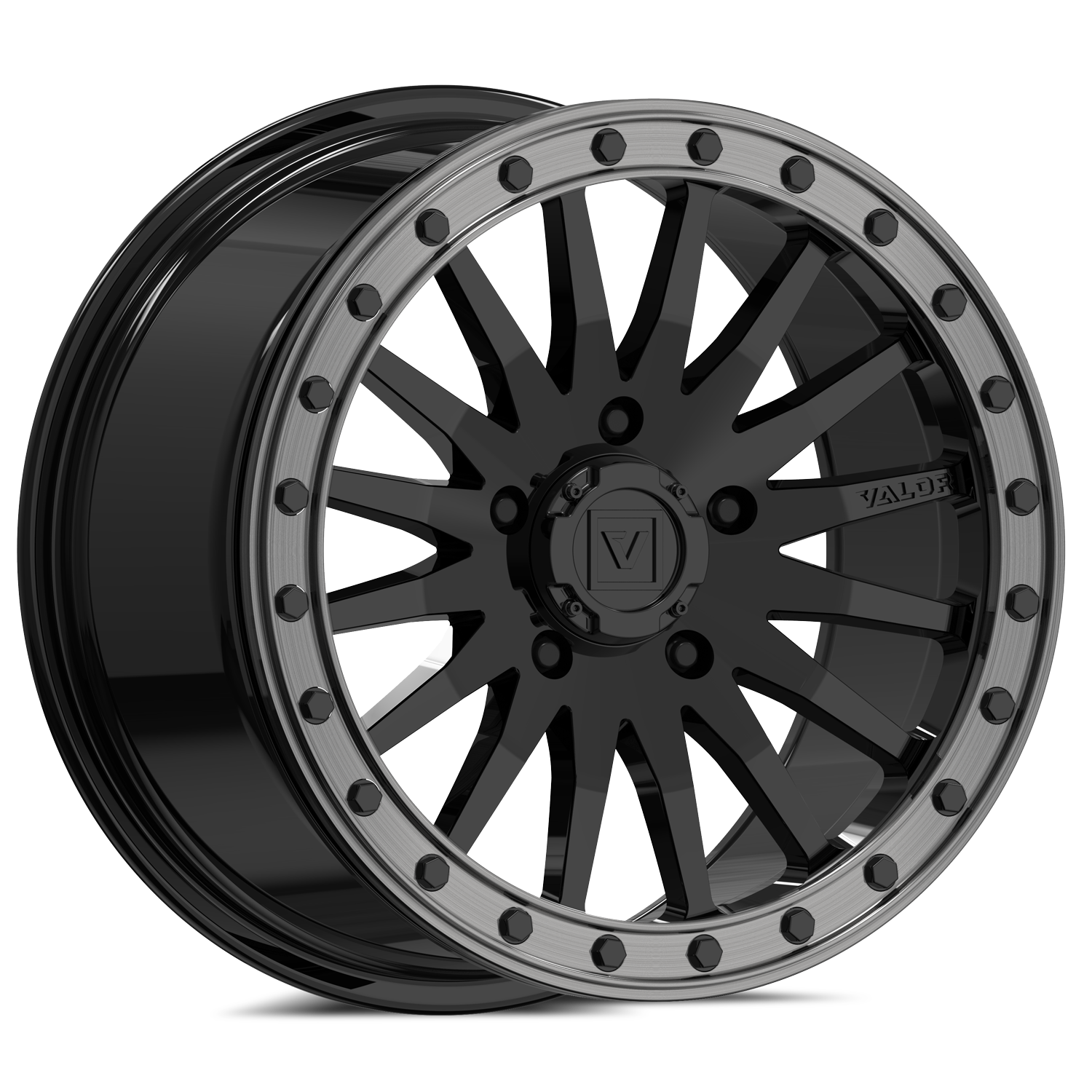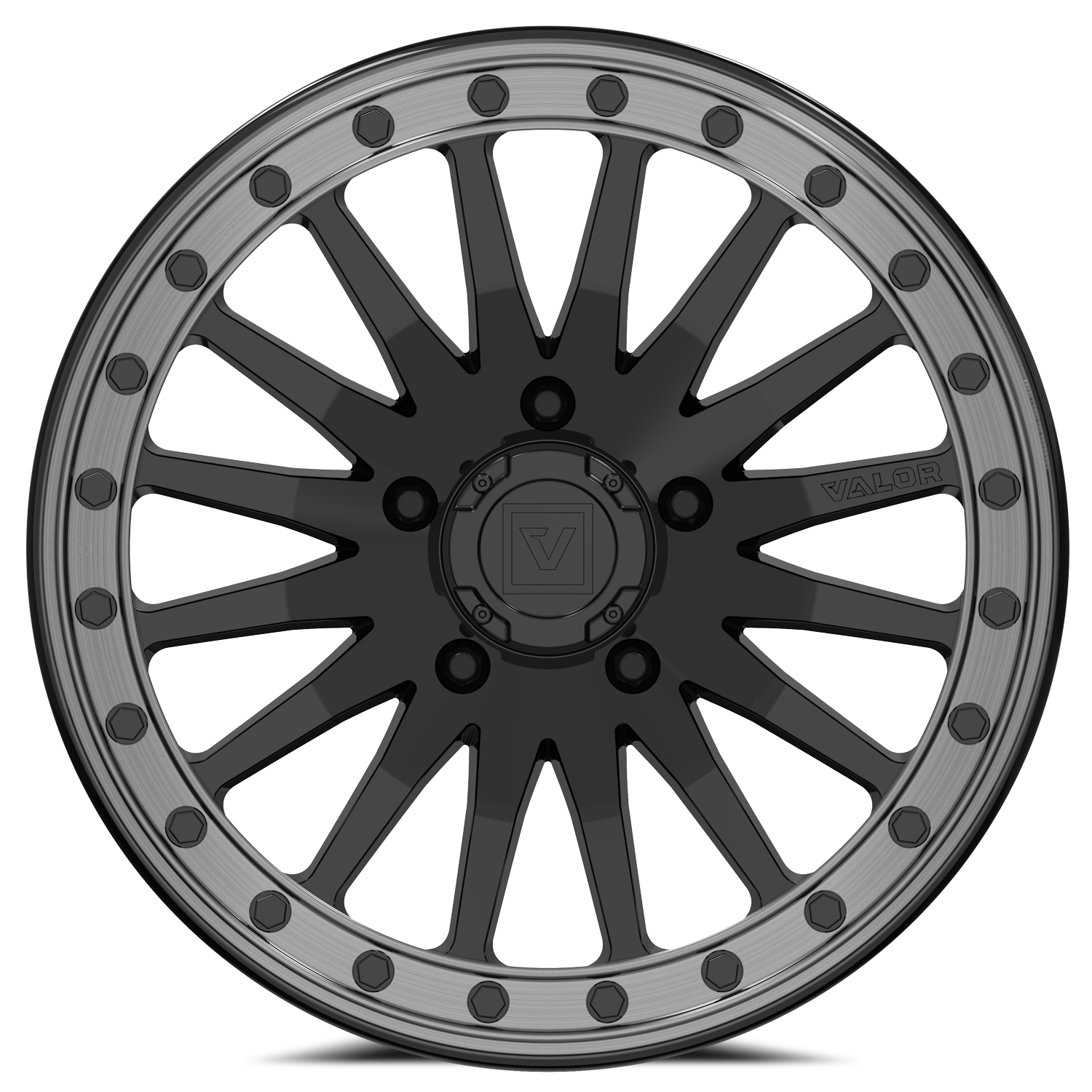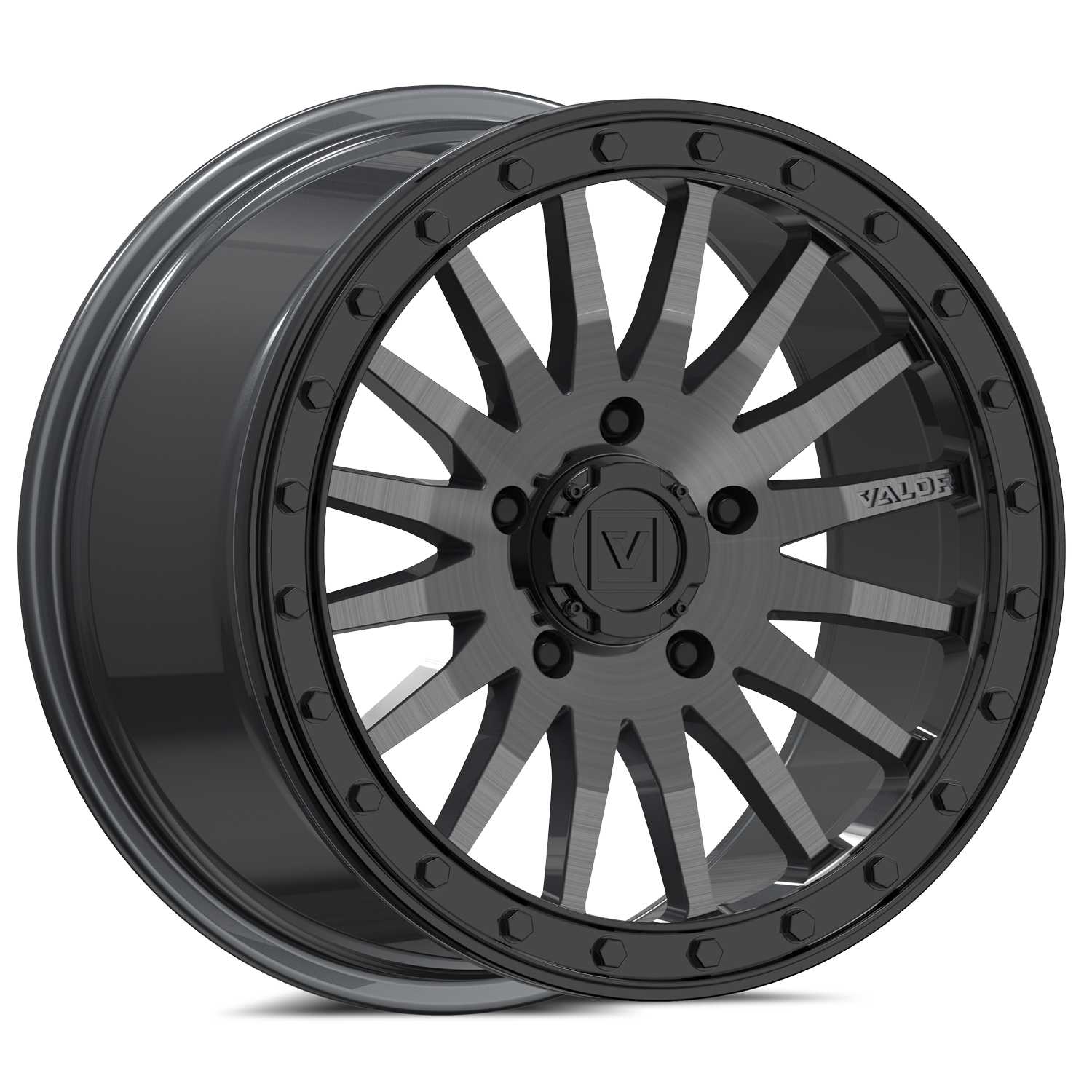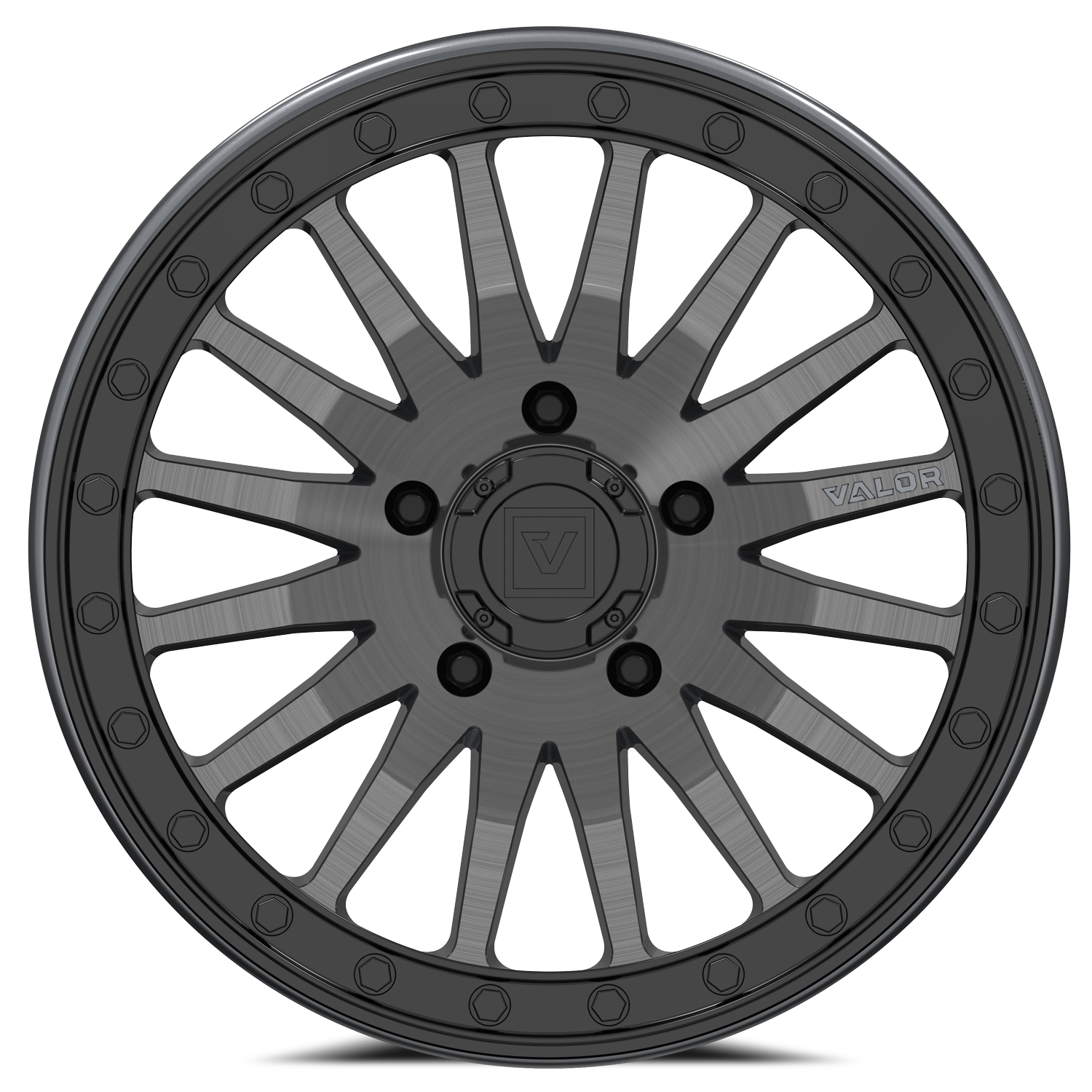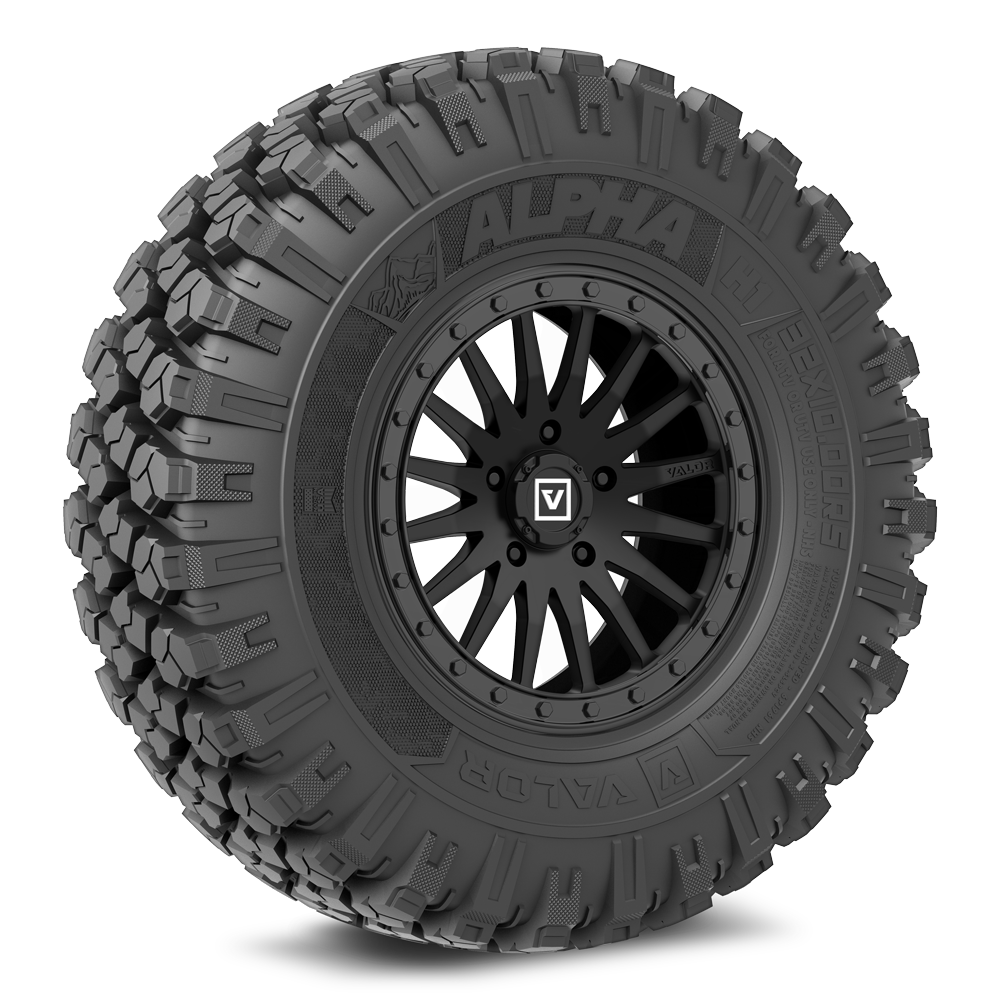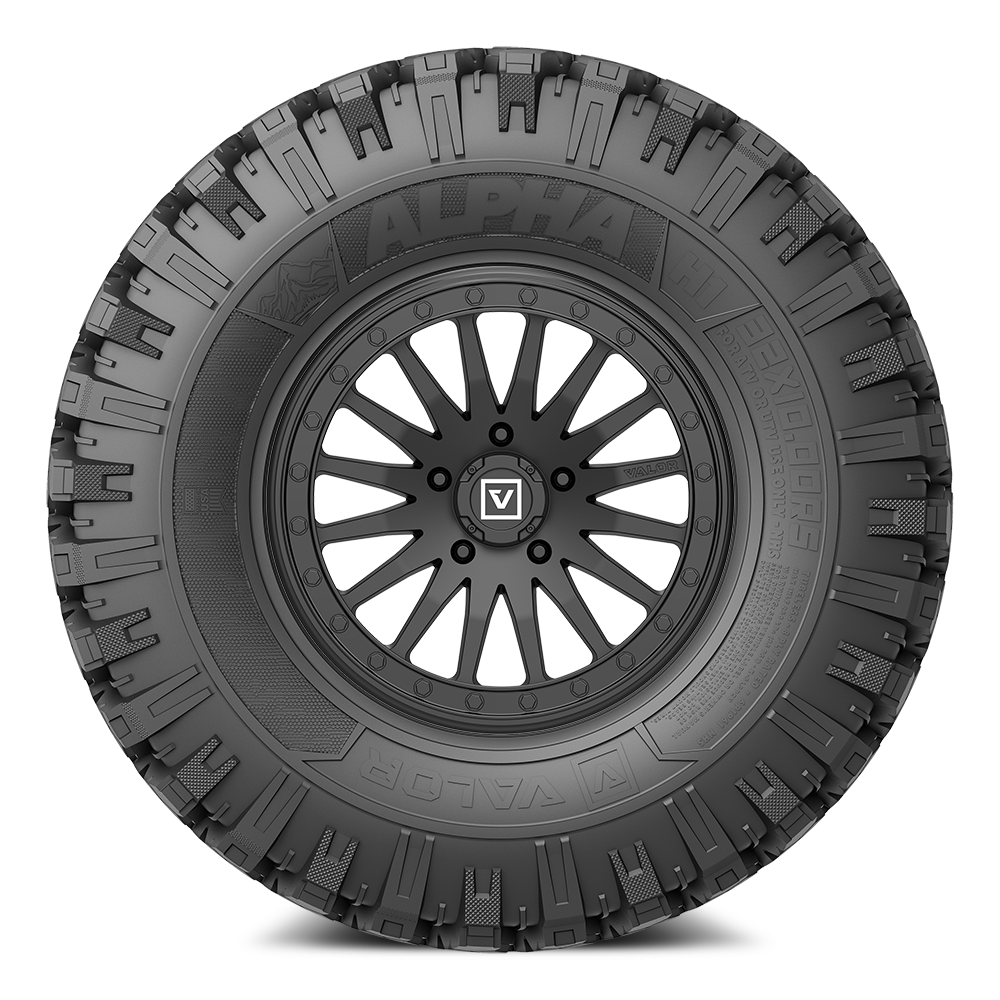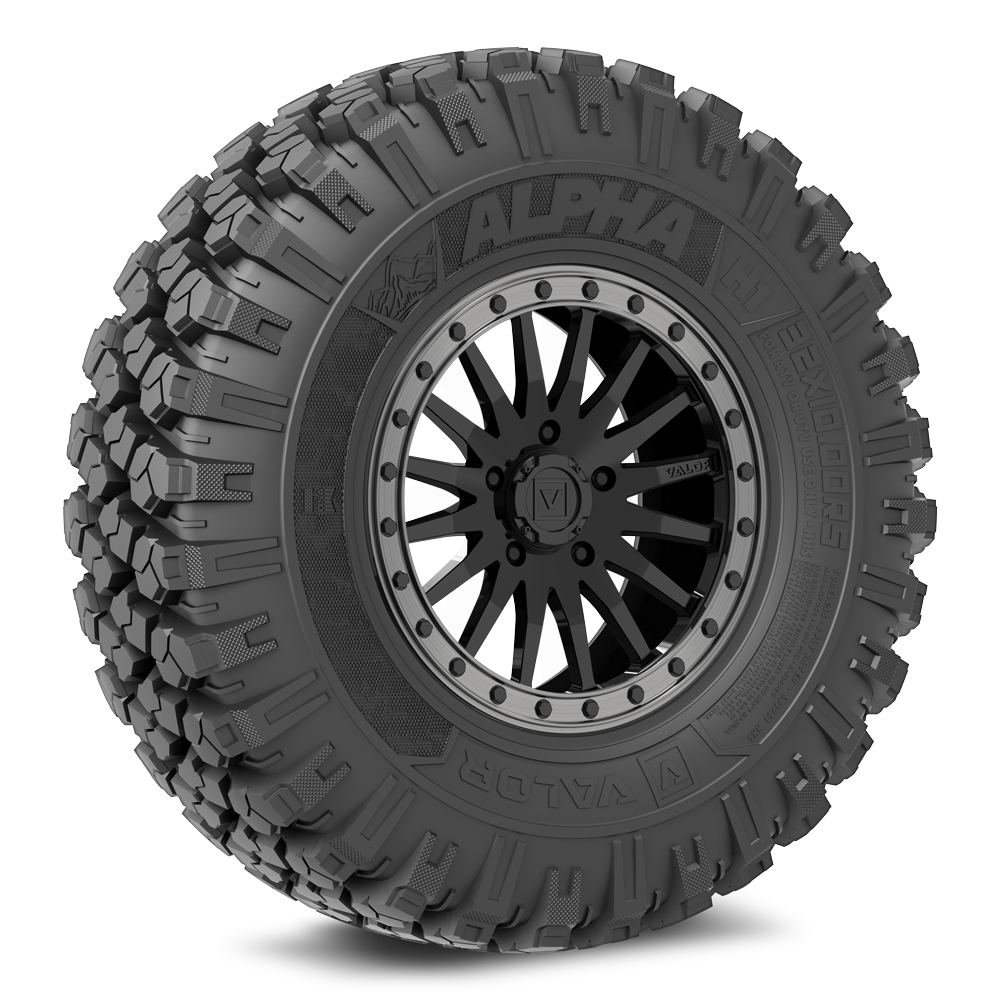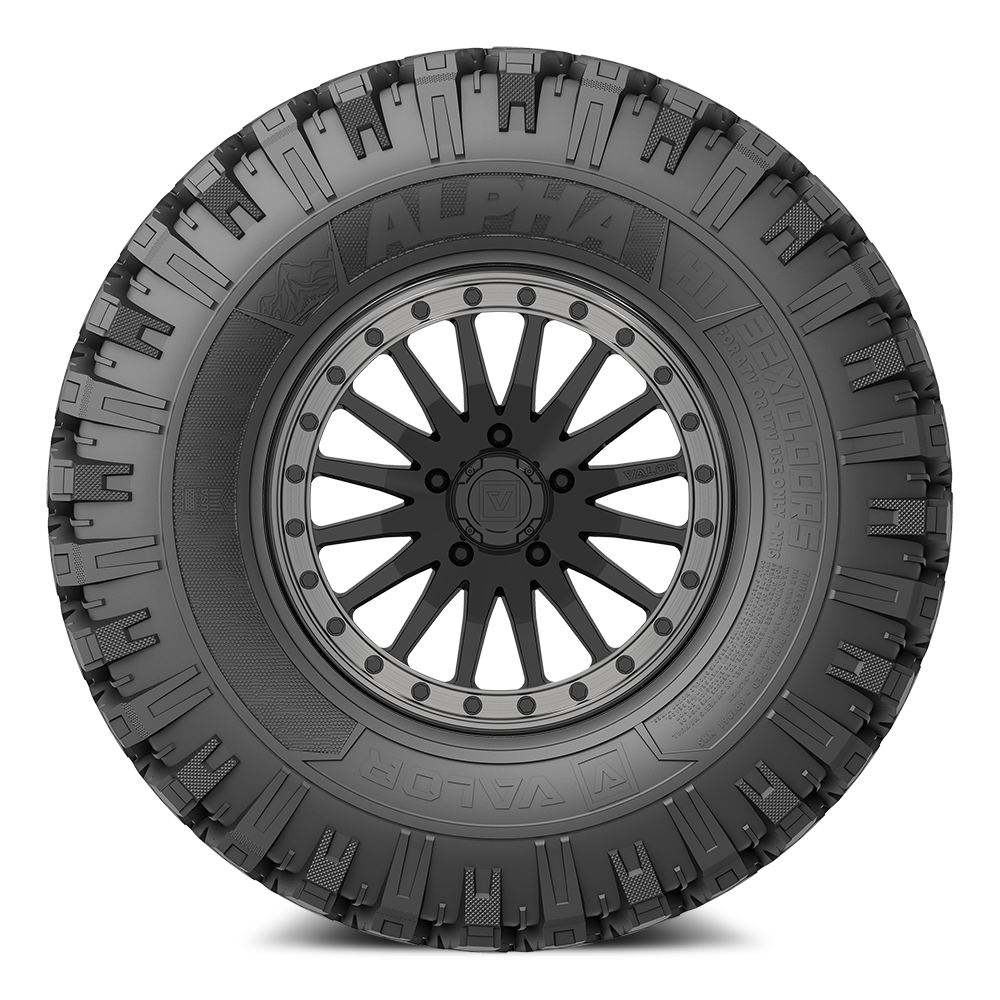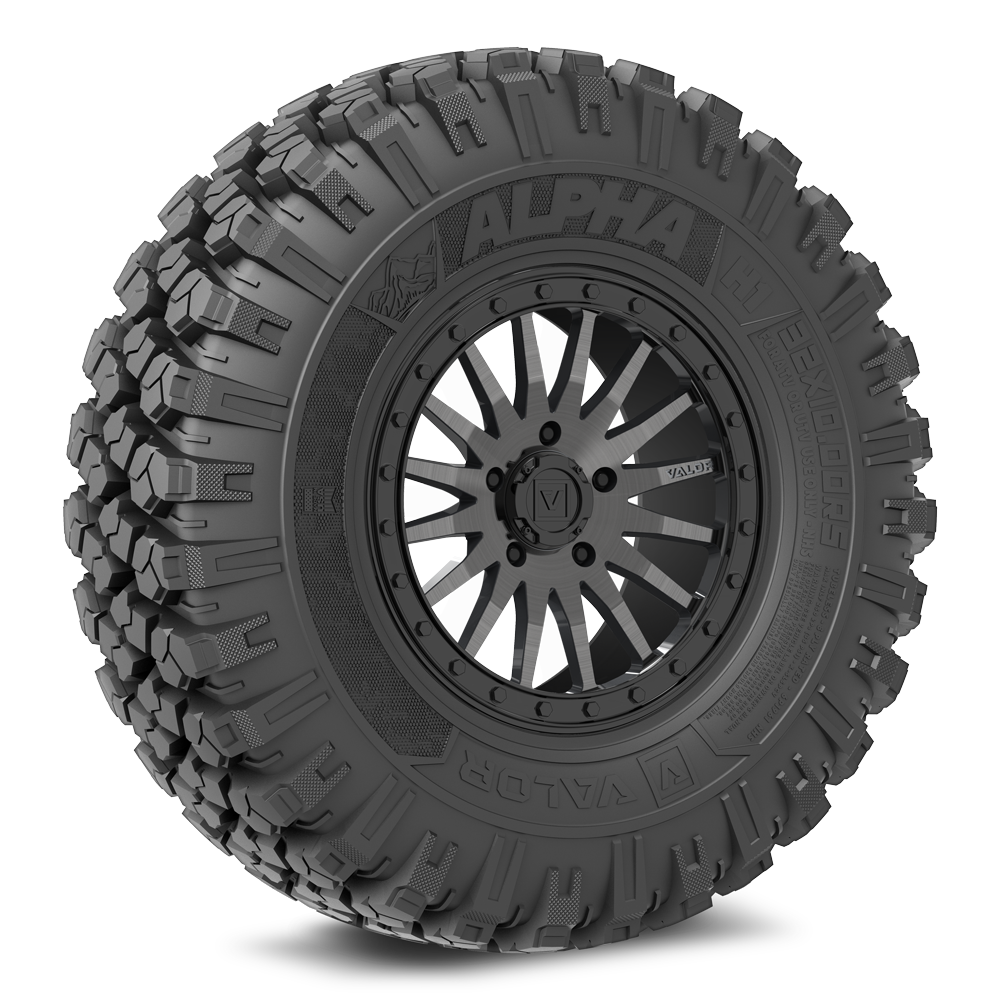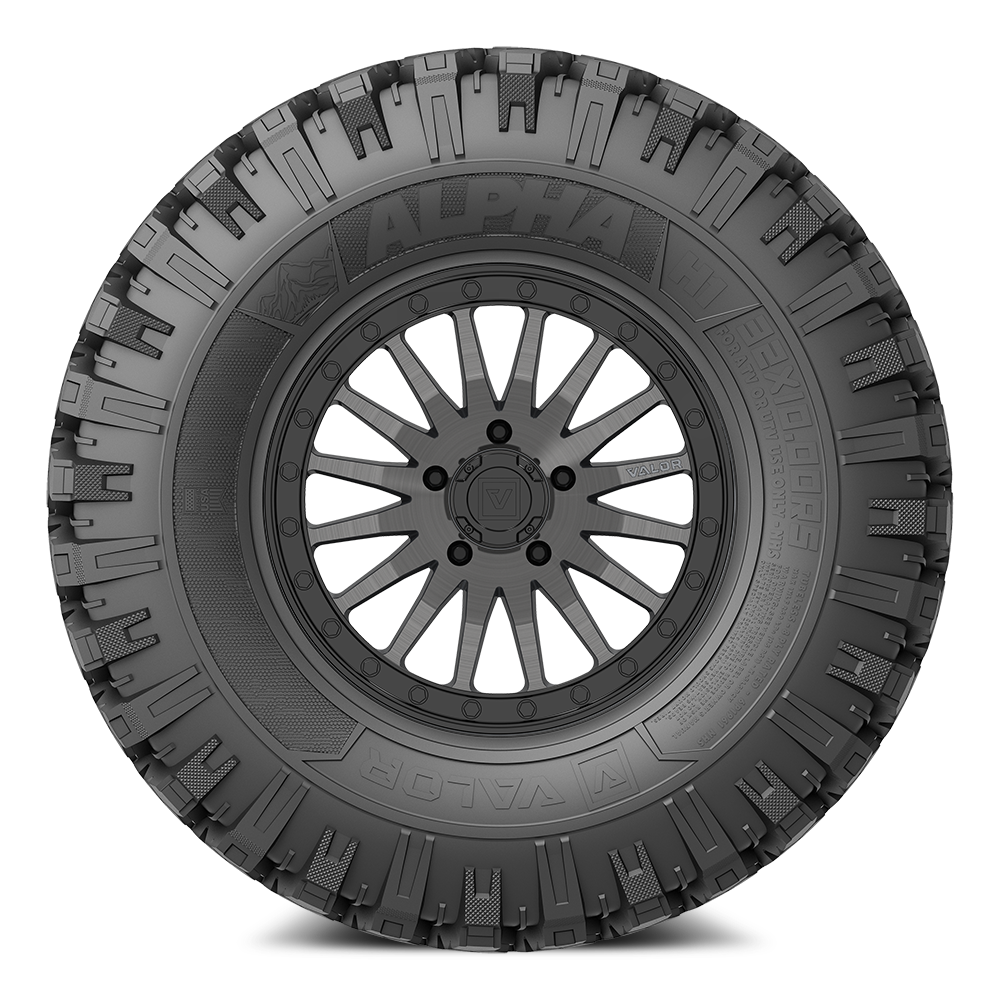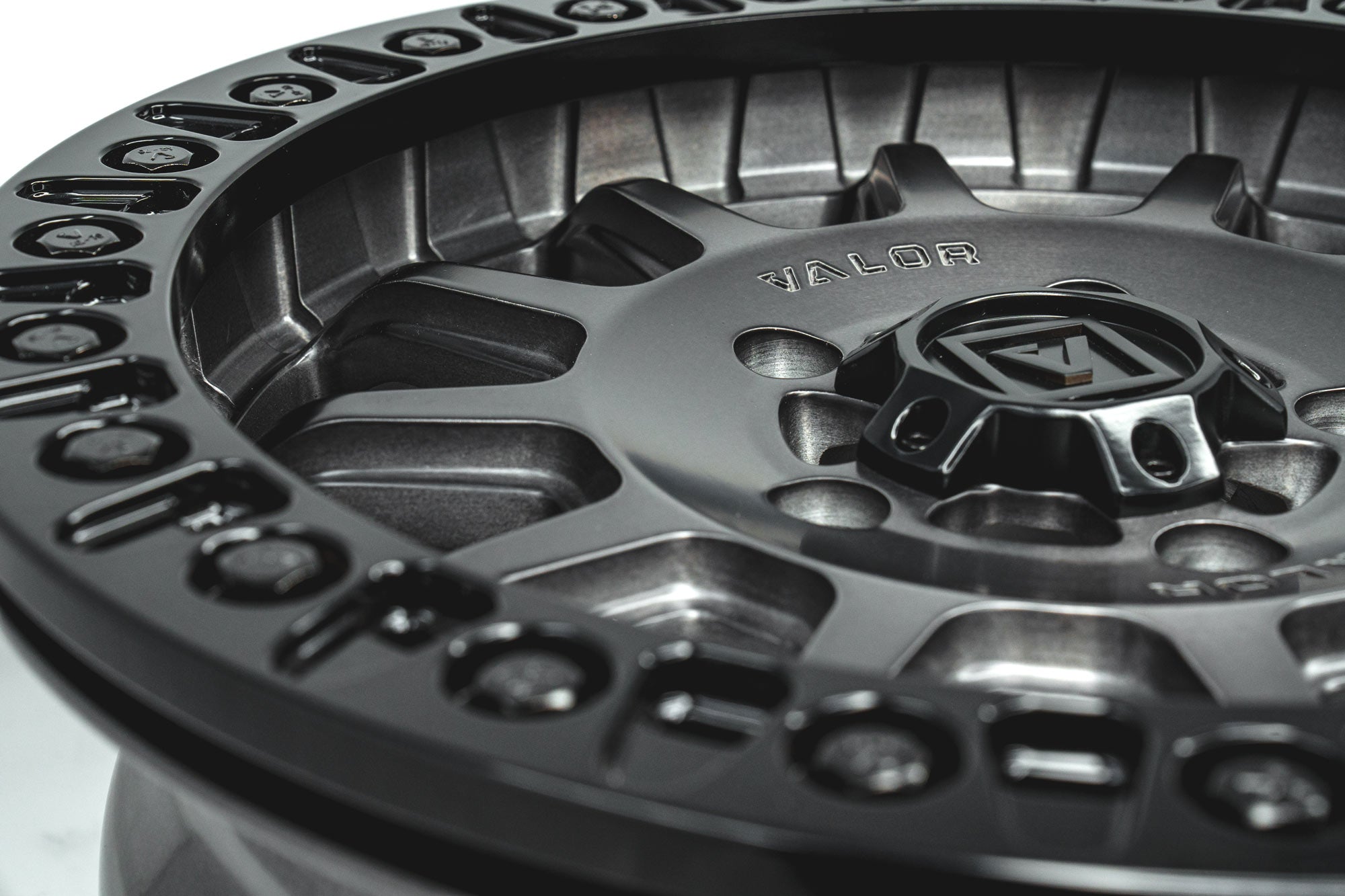One of the questions we get asked a lot is if weight really makes a difference. To most enthusiasts, shaving off a pound here or a pound there, wouldn't really make a significant difference in your overall SXS or UTV performance. The thing people forget is that each pound, added up across all aspects of your vehicle, can make a HUGE difference. You can quickly realize that four pounds shaved off of each tire and three+ pounds removed from each of wheel can add up to over 25+ pounds. Keep in mind, that is just what can be shaved from your wheel and tire package, imagine if you took consideration across all aspects of your machine build and load out.
Let's just talk about utv wheels though, since we're well versed on this specific topic. Not only do we have one of the lightest beadlock utv wheels on the market today, we also boast some of the lightest wheel weights across our collection in comparison to our competition.
Wheel design/style is the primary consideration when considering whether or not you want to quickly drop unnecessary weight. Bulky, thick spokes, gaudy center caps, and faux beadlock utv hardware can quickly increase weight, pushing your wheel well past OEM standards. So what to look for when considering a lightweight UTV wheel?

Size:
If your UTV or ATV came stock with 14" or 15" wheels, you're obviously going to add weight when plus sizing to larger diameter wheels and/or tires, regardless if your new wheels are cast, flow formed or forged. If your stock wheels are 15", try to stick with an OEM size to maintain or exceed OEM factory standards.
Offset:
Your offset determines your wheel styling. Did you pick a high offset wheel? Congratulations, you have no lip on your wheel and it looks like a dinner plate. Did you decide on a low offset wheel? Congratulations, your UTV doesn't fit on your trailer because you just added 5" to your vehicle width. When you're picking the right offset, for your taste/needs, keep a watchful eye on that weight. A higher offset will drastically affect spoke design, reducing any angles or spoke depth. Bad for styling (sometimes), good for weight because the styling is simplified. Lower offset wheels open the door for gaudy designs and swooping spokes that can add more than three pounds to each wheel.
Spoke Design:
The basic principles of wheel manufacturing are balancing style, strength, and weight. Some manufacturers may lean heavy on one or two of these principles, very few address all three because adding strength will conversely affect weight. The quickest way to shave weight is to pick a wheel spoke design that is thin and just looks "light". Chunky, battle zone ready wheels may look cool, but you're not helping the waistline of your vehicle by selecting any of these designs. If the wheel you're looking at doesn't reference a weight on the product page, it's more than likely because they chose form over function and designed the wheel without a consideration to weight. You may love a specific wheel design while your friends despise it. In the end, all that matters is that you're happy with your finished build, so pick what you like, let the haters hate.

Load Rating:
Sending your race UTV off a 100 ft jump going 75 mph? You may need to consider looking at higher wheel load ratings. For the rest of us daily drivers and weekend warriors, a 1,000 pound load rating is plenty strong for any trouble you plan to get into. How do we know? Because we've been manufacturing UTV wheels for over two decades under some of the most popular brand names in the industry.
What exactly is a load rating?
Wheel load rating requirements are determined by dividing the vehicles heaviest gross axle weight rating by 2. The axle weight rating for most vehicles is shown on the identification label located on the driver’s side door jamb, gas tank door, truck lid or glove compartment.
Brand:
Not all wheels are created equally. Have you noticed lately that every automotive wheel brand has jumped on the bandwagon to sell you their latest and greatest UTV wheels? Just because a brand does an automotive dually wheel, or three piece C10 wheel good, doesn't mean they know what they are doing in the powersports world. Valor Offroad products are ATV and UTV specific, meaning we ONLY do powersports products. We live, eat, and breathe powersports so you can hit the trail in confidence knowing that your products were specifically engineered with your vehicle as the centerpiece of our engineering. Look at the specs, and pay attention to the details when you are shopping for new wheels. Simply shrinking a wheel down from a 24" truck into a UTV size/version isn't good enough, it can actually hurt your performace, and can lead to a bloated/heavy, under-engineered wheel. We know UTVs, and our products improve your vehicle styling AND performance.
So, how does weight affect performance?
Let's discuss the role that wheel weight plays in determining the vehicle's overall ride, performance and feel.
A vehicle's total weight is the sum of all of its parts and affects its ability to accelerate, brake and corner. Reducing the total weight will enhance the vehicle's performance because less weight needs to be controlled and therefore, less energy is required. Unsprung weight is the weight under the springs which moves up and down as the vehicle rides over uneven roads and leans in the corners.
Reducing unsprung weight allows the springs and shock absorbers to be more effective in controlling the suspension's movement. Additionally, a vehicle's rotational weight includes all parts that spin including everything in the vehicle's driveline from the engine's crankshaft to its wheels and tires. This affects the energy required to change speed as the vehicle accelerates and brakes. As you would guess, reducing the weight of any of these rotating components will enhance the vehicle's performance because less energy will be required to increase or decrease their speed.
Wheel Weights
Interested to see how Valor Offroad stacks up against the competition regarding weight? Check out our product specs page for the full breakdown. We promise you'll be blown away.
Conclusion
As we've proven above, weight truly matters to overall performance, but how you choose to lower your overall gross vehicle weight is yours to decide. Leave the full cooler at home = -20 pounds. Plus size to 35" tires instead of 32" = +50 pounds. Leave your spare wheel/tire combo at home = -40 pounds. It's all a game of stealing pounds to justify pounds in other places.
The one thing to always keep in mind when deciding where and when to cut weight is to NEVER sacrifice on safety or tools. Have the necessary tools to get you out of a pinch (medical, flat tire, break, leak, jump), so you and your passengers can get back to the trailhead.
Want to learn more?

